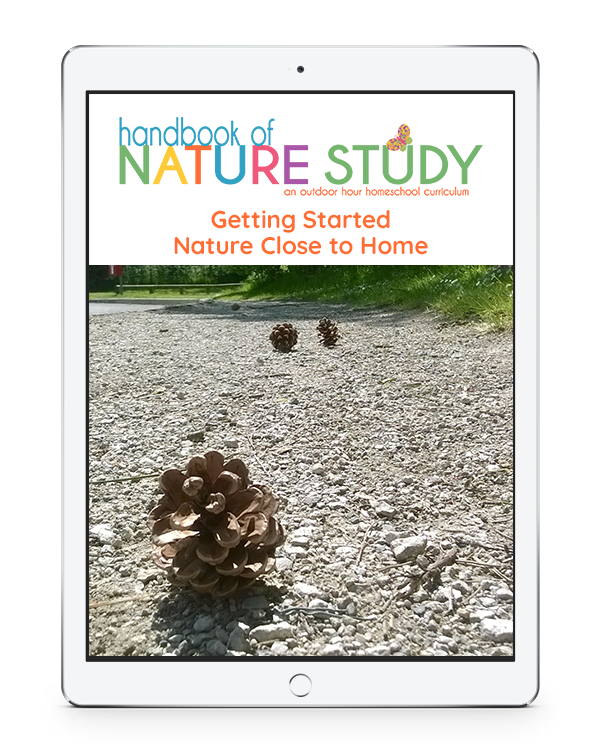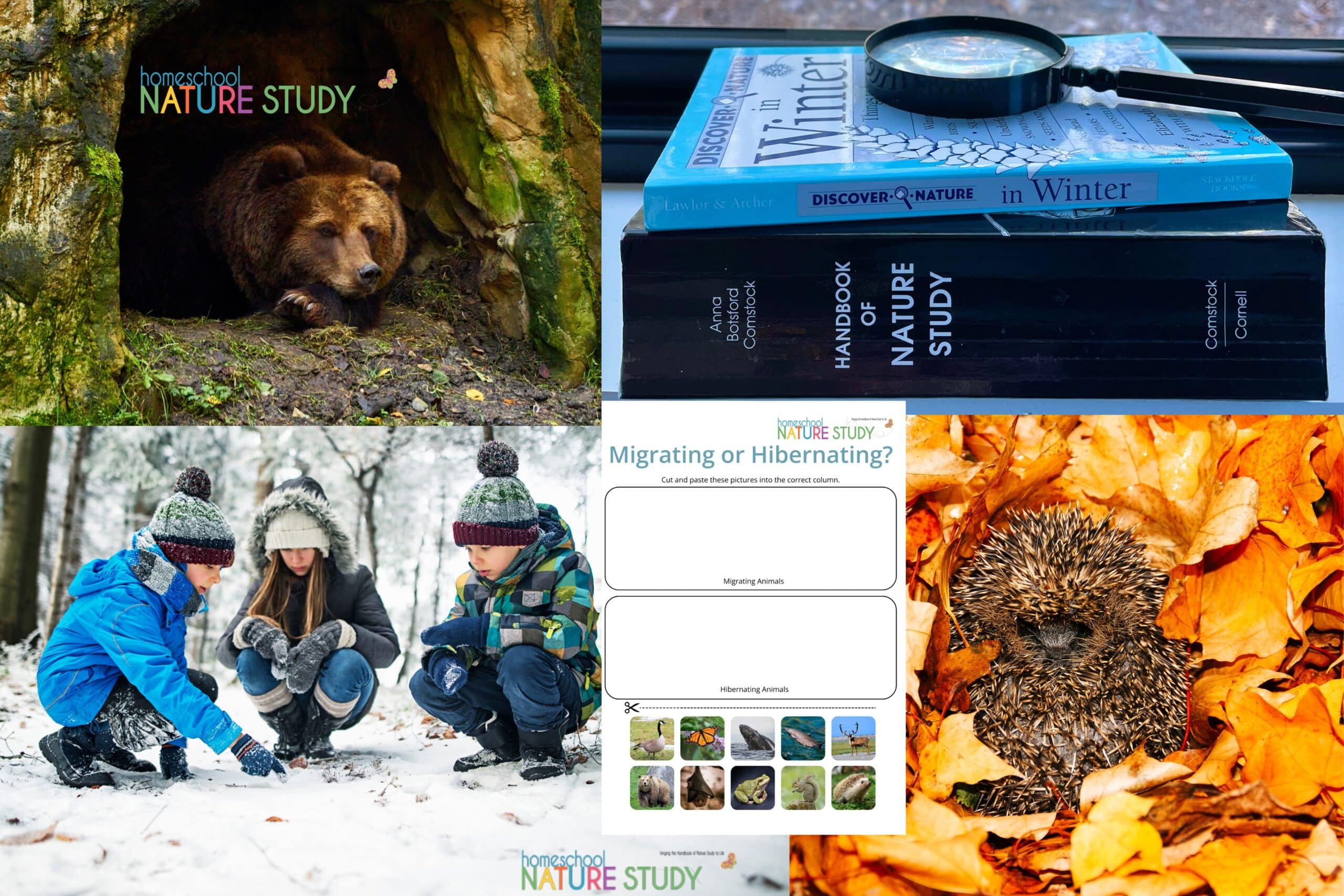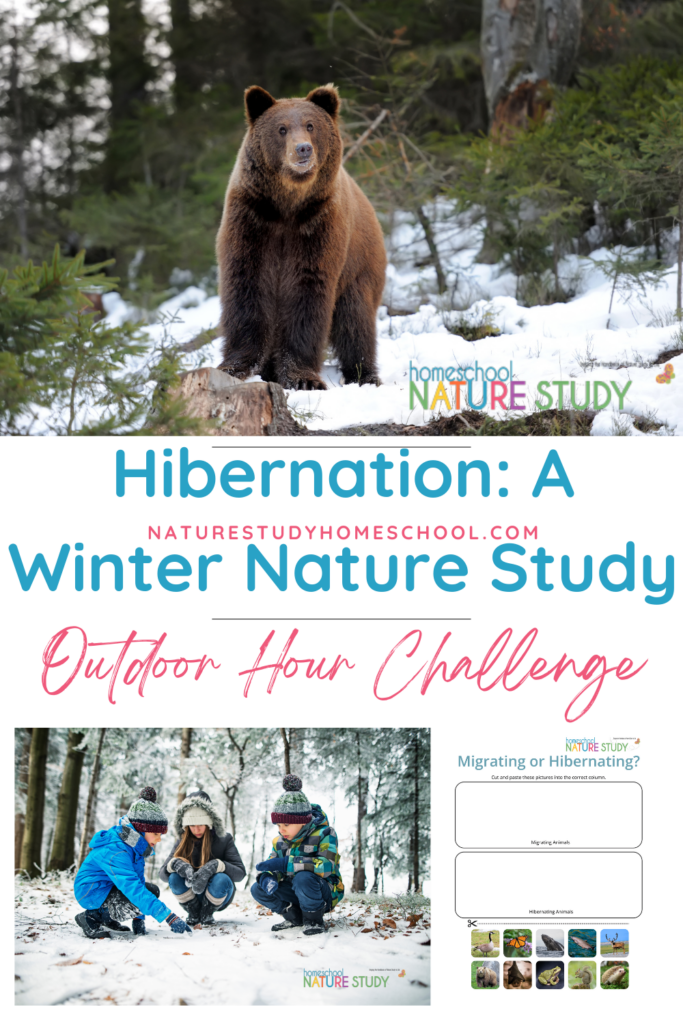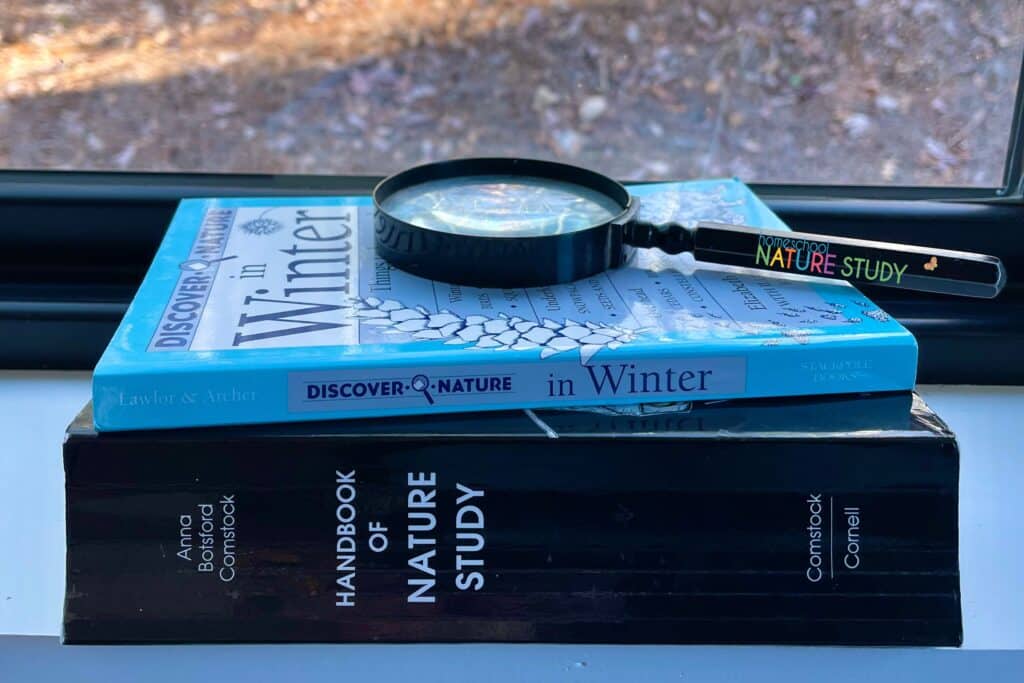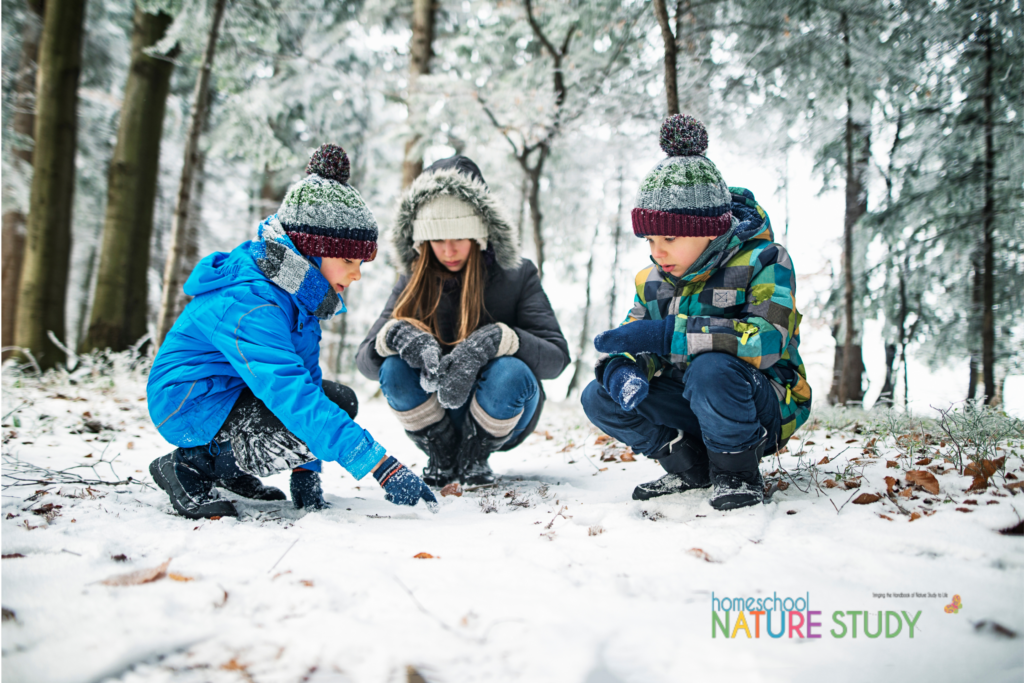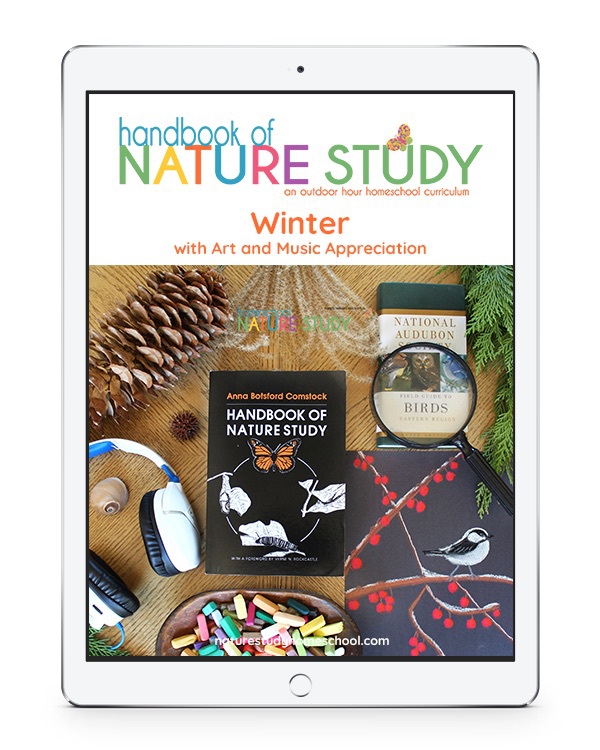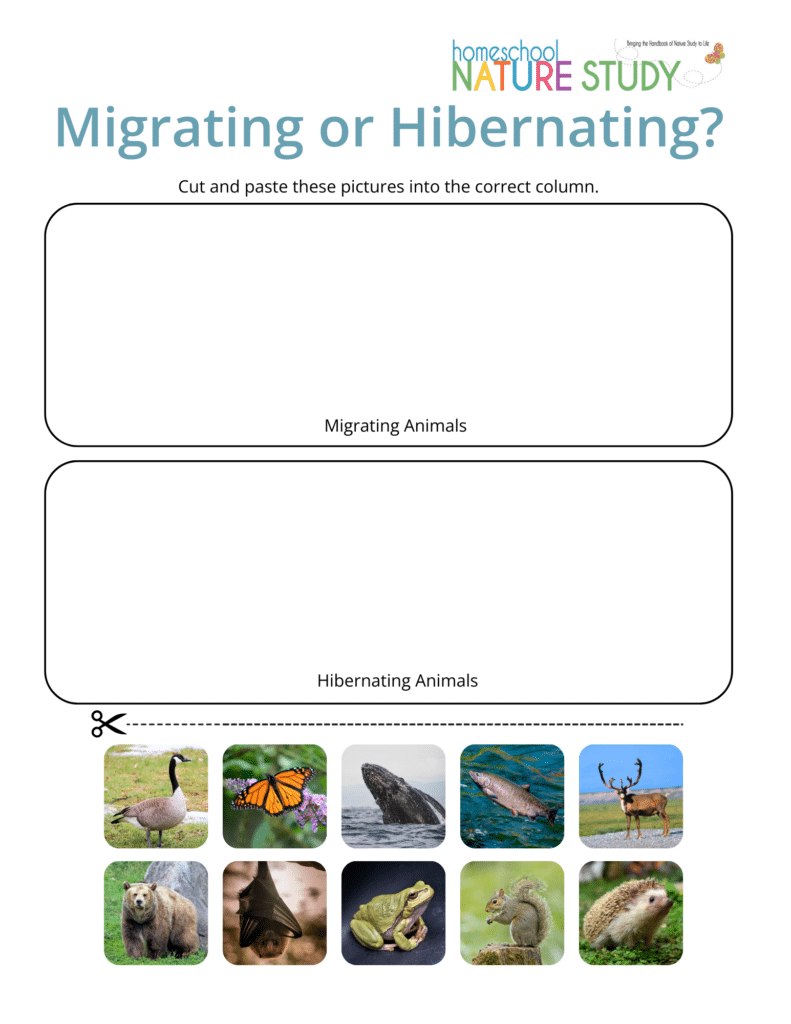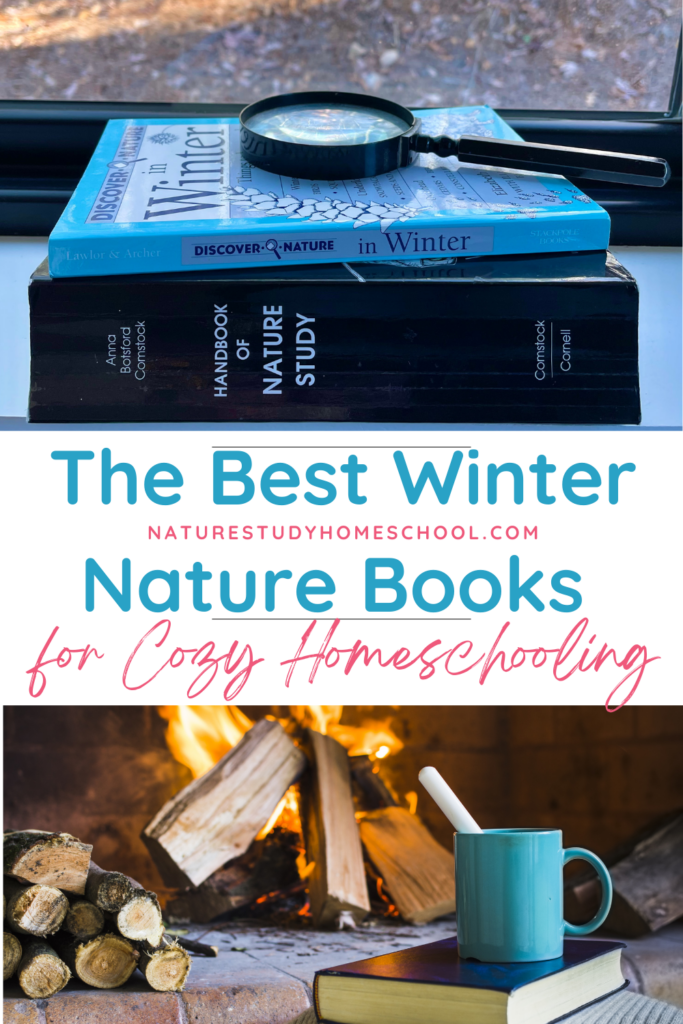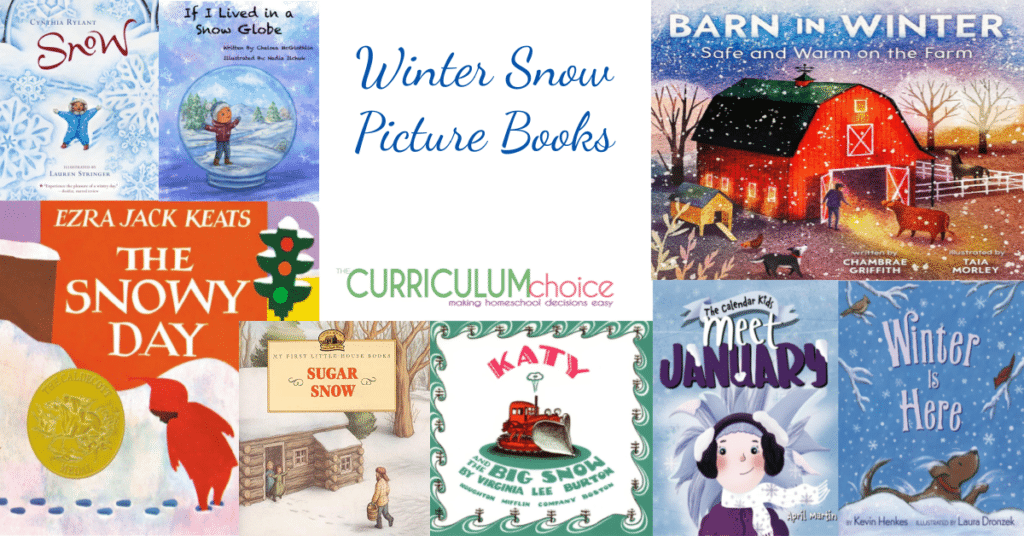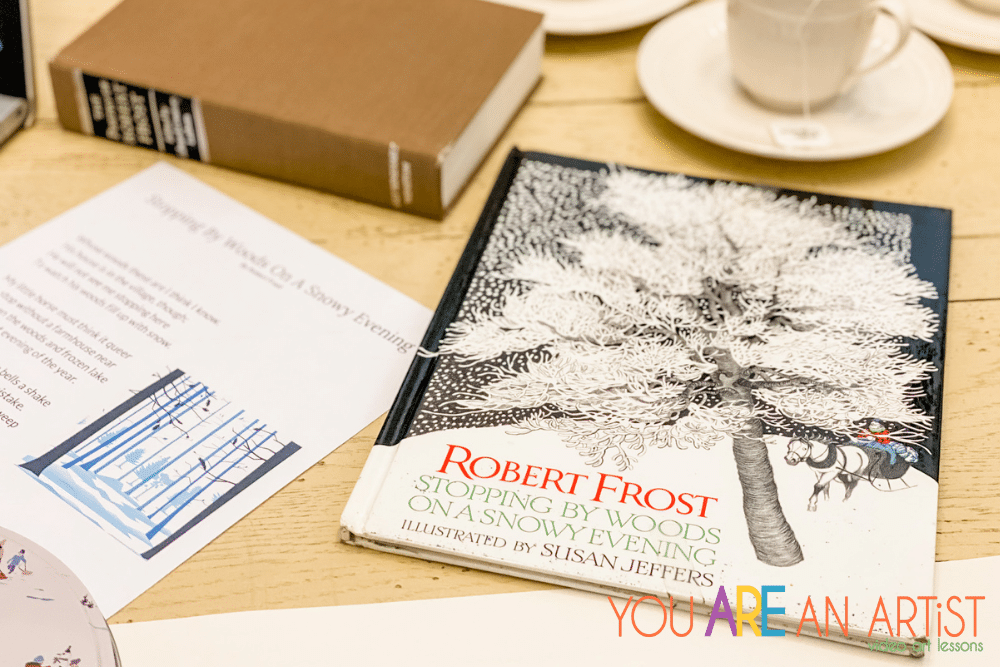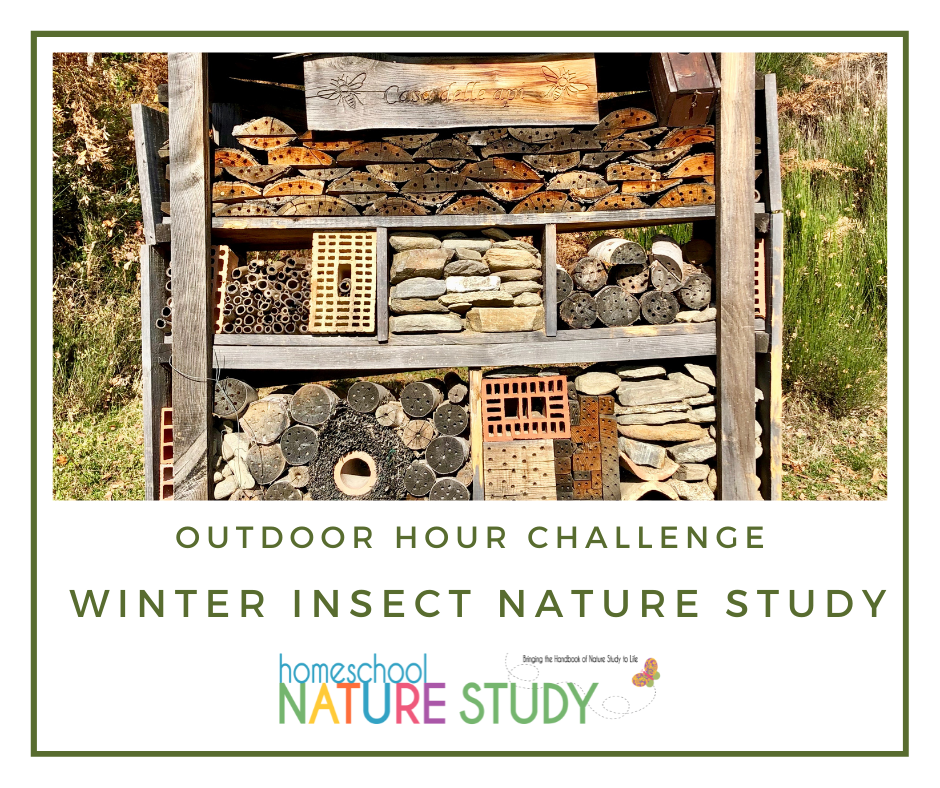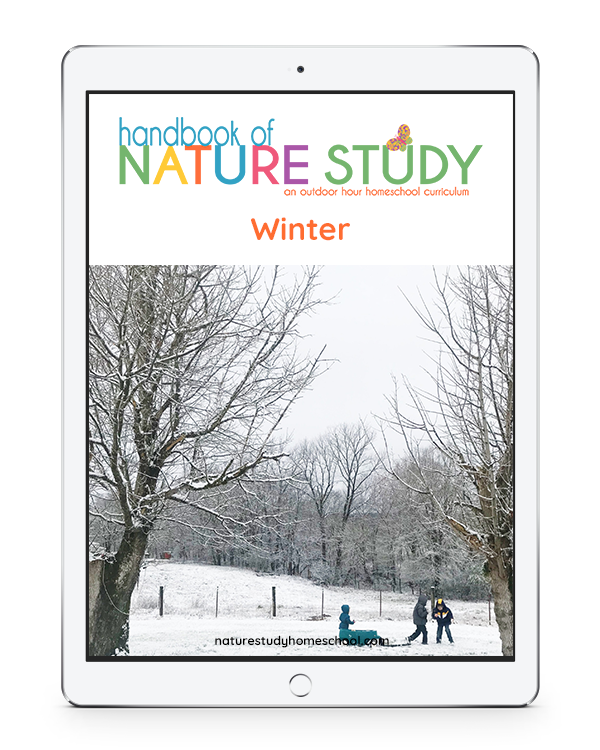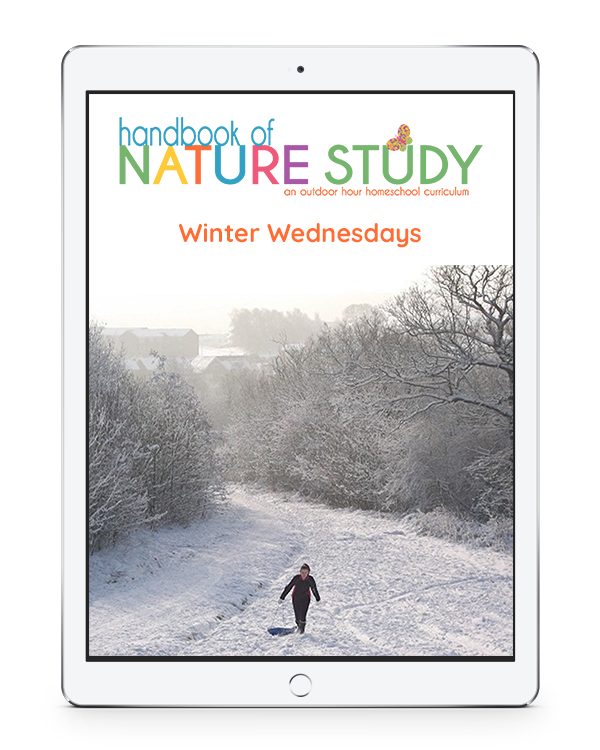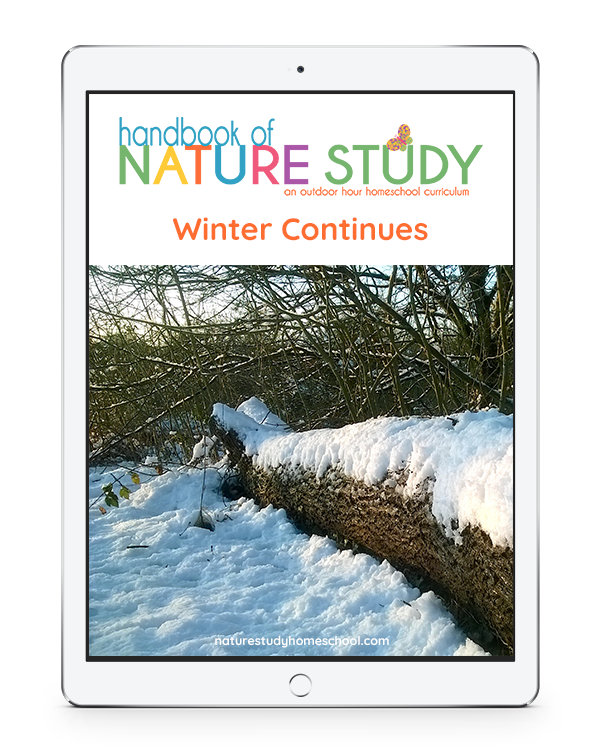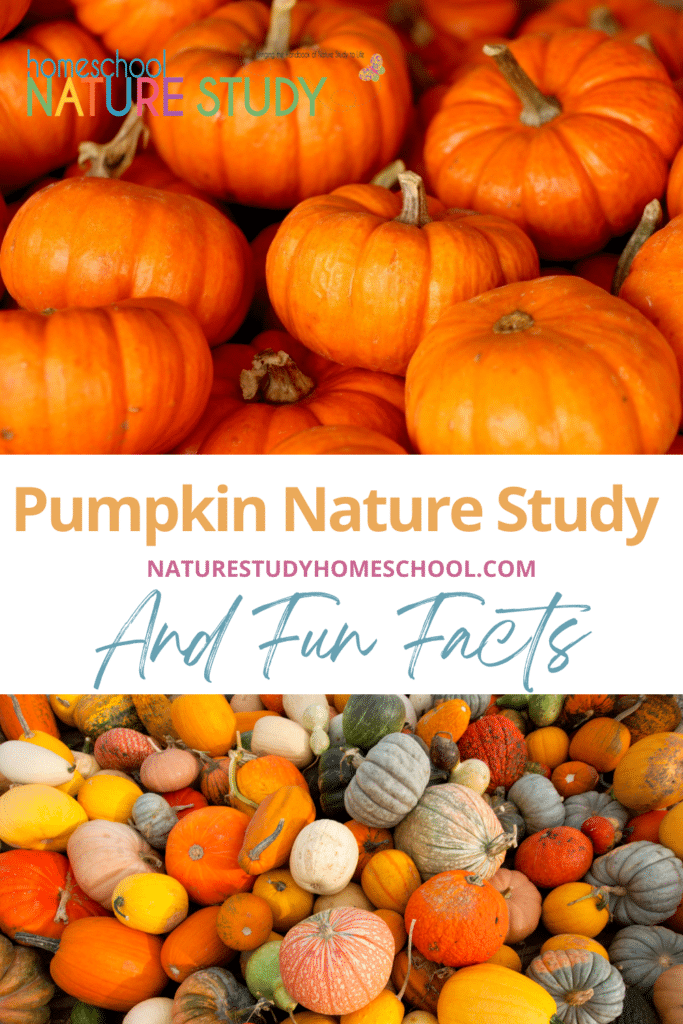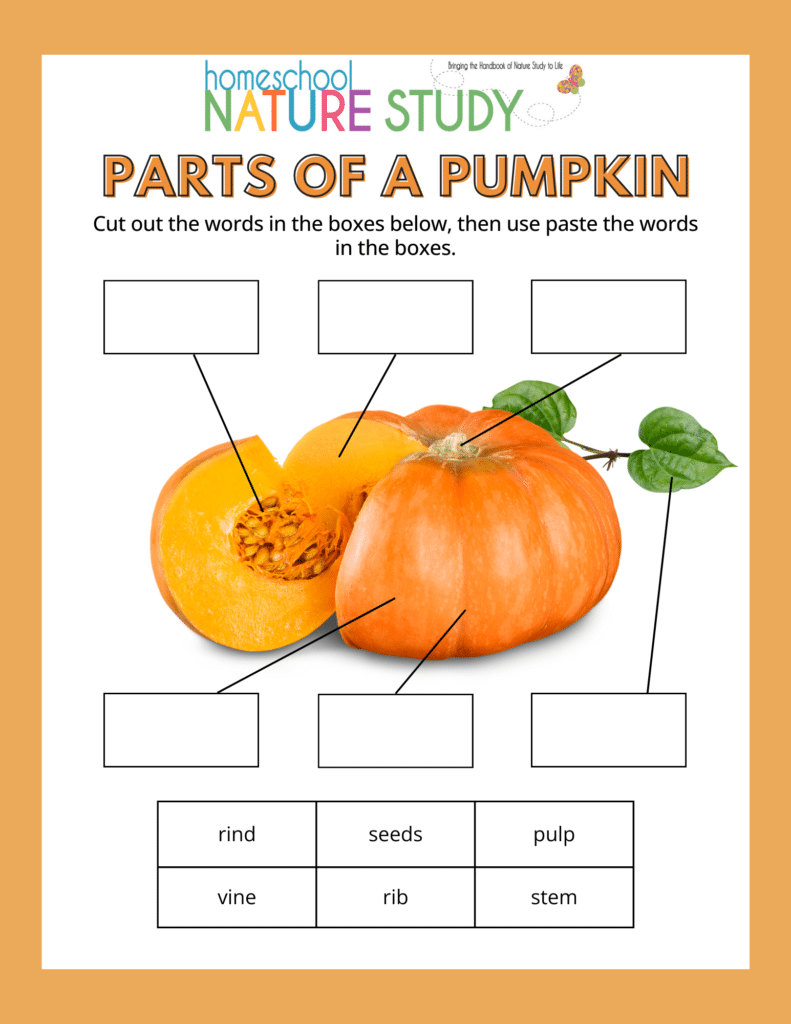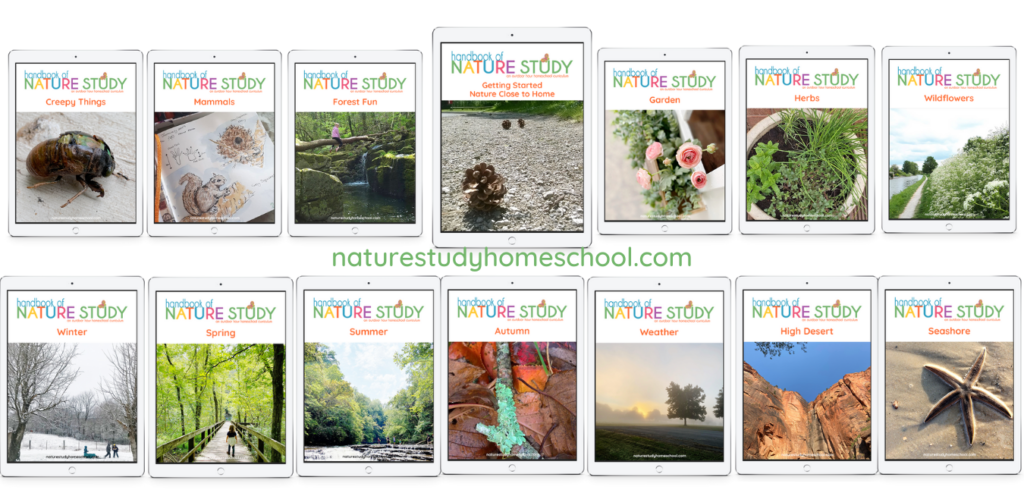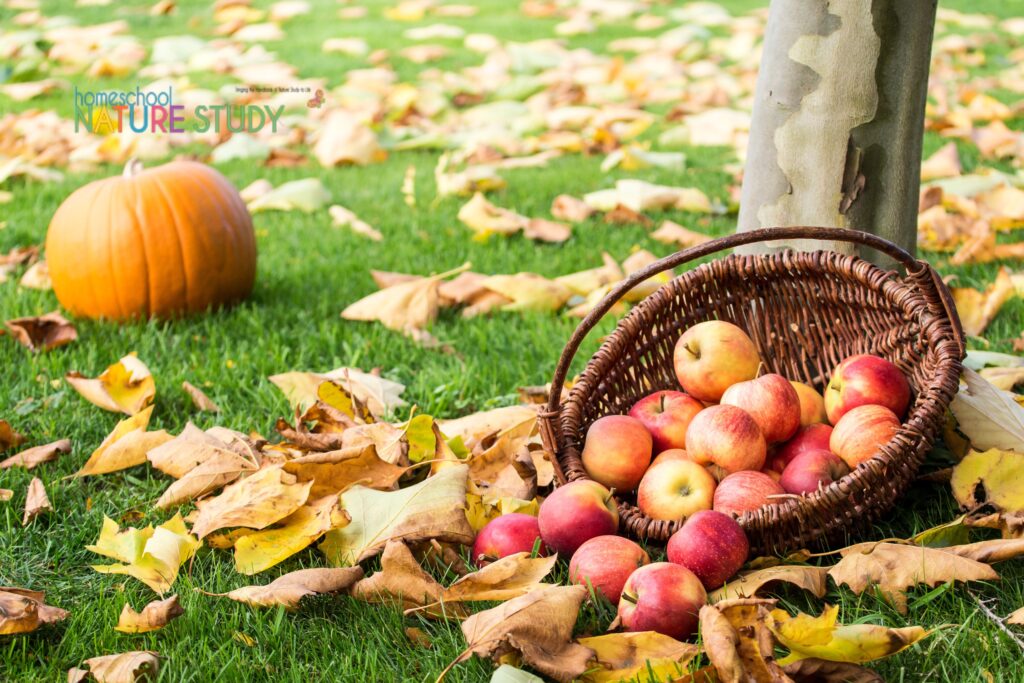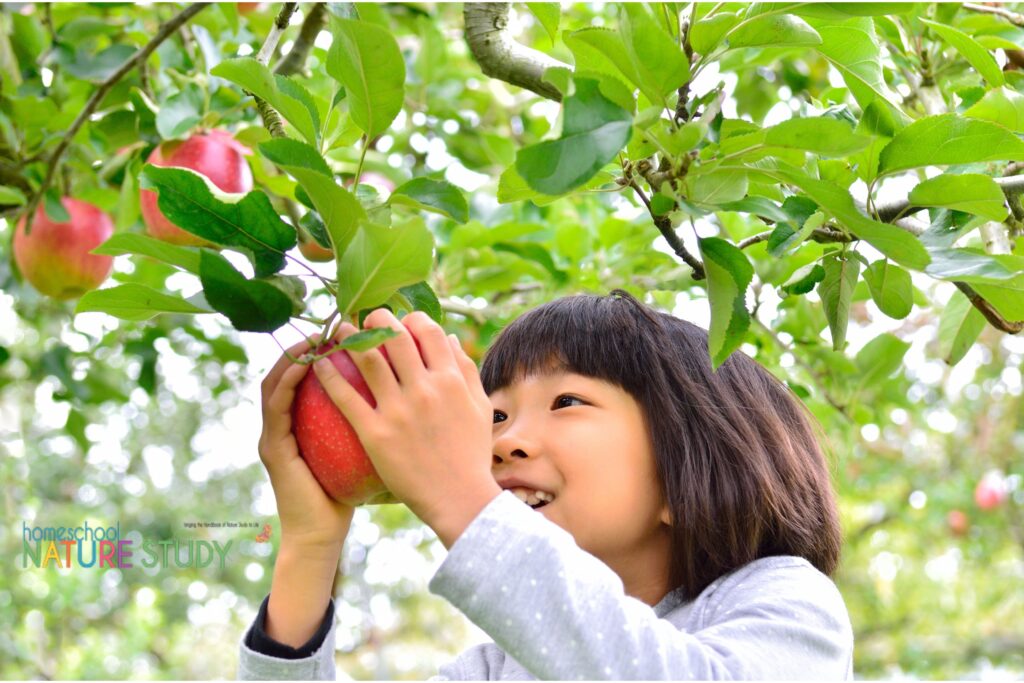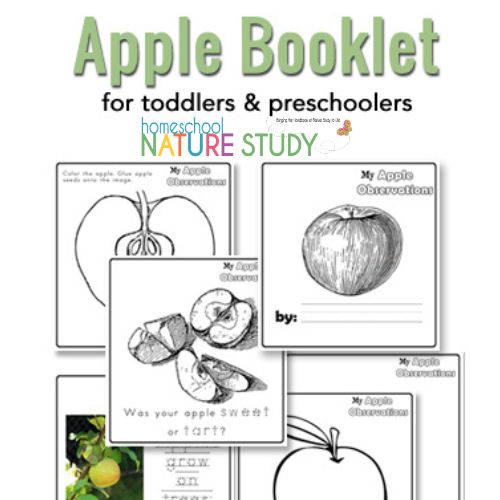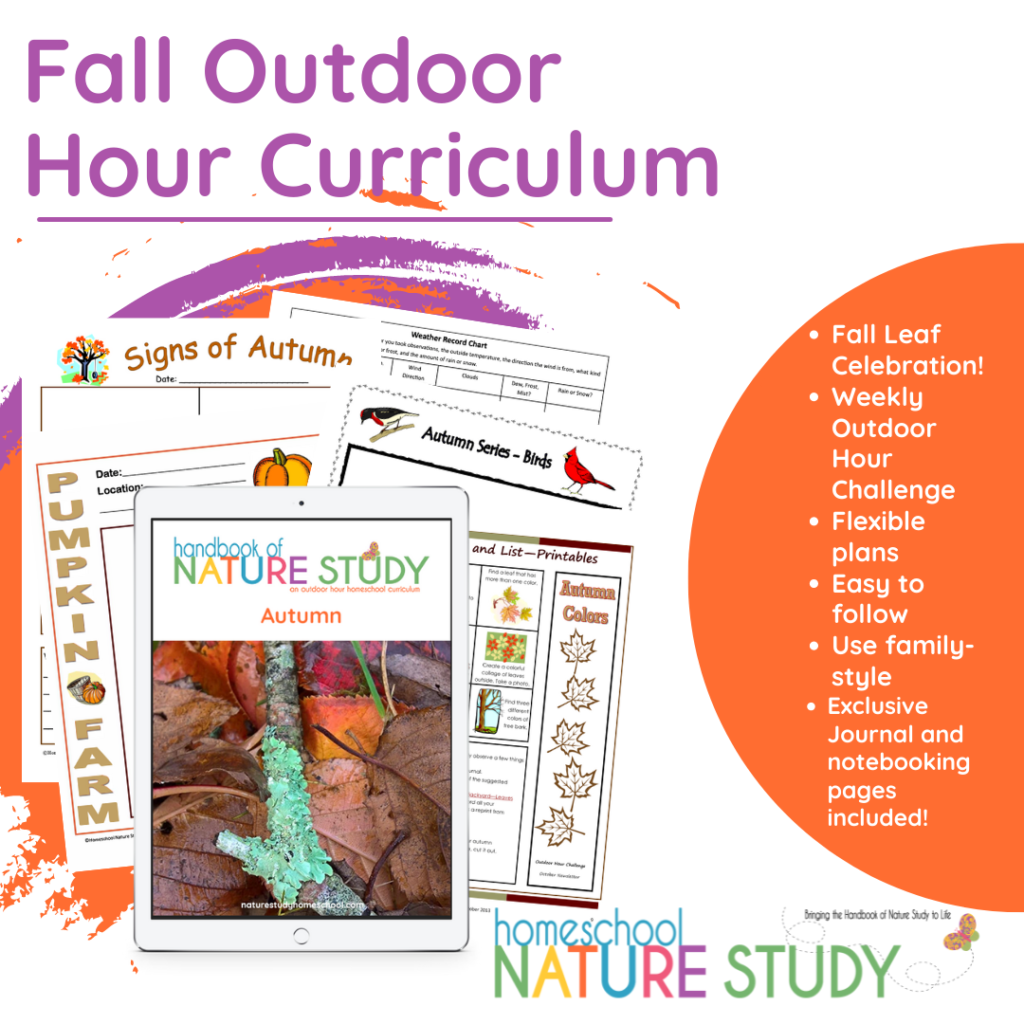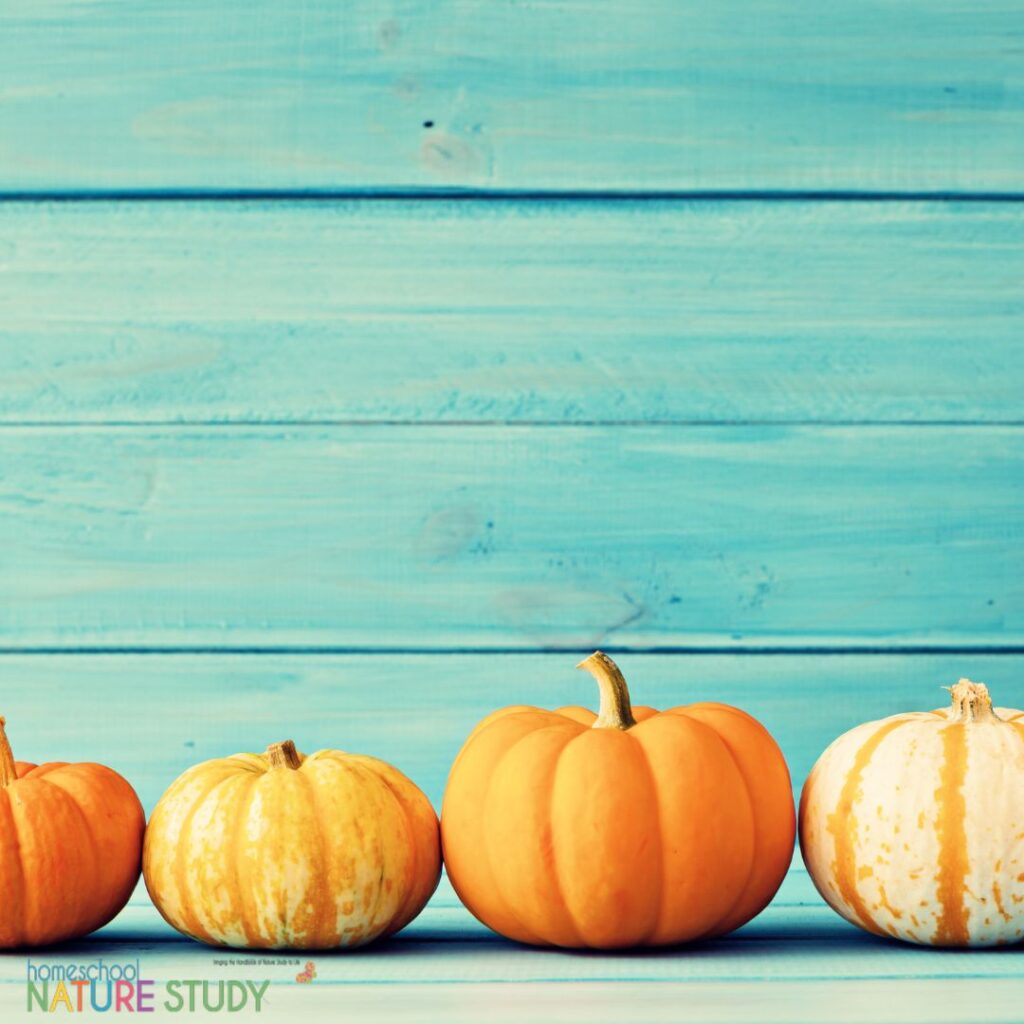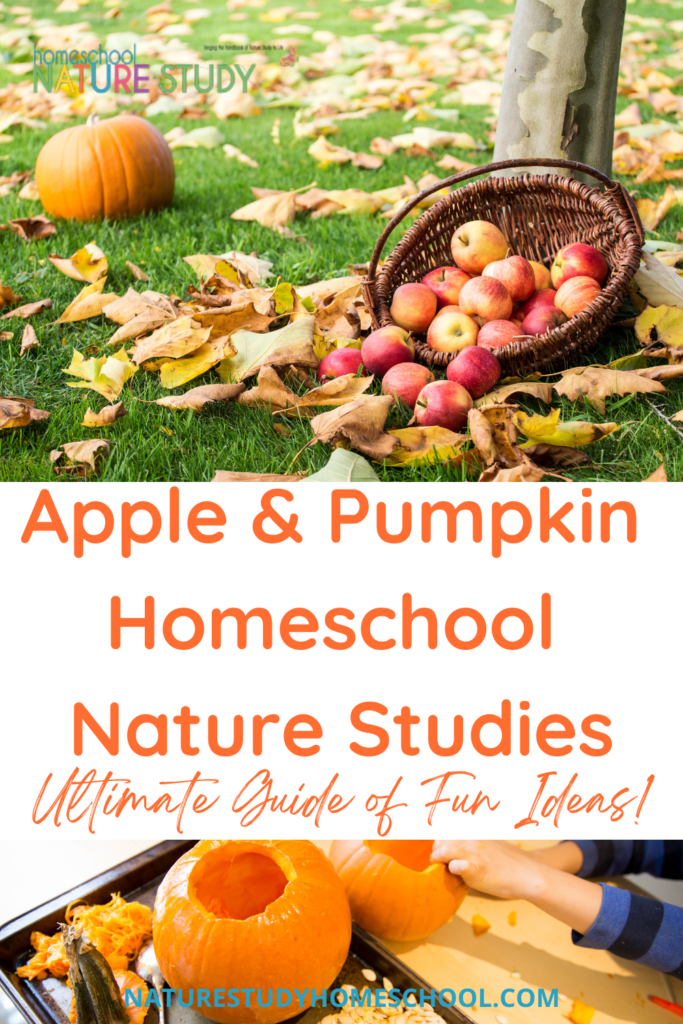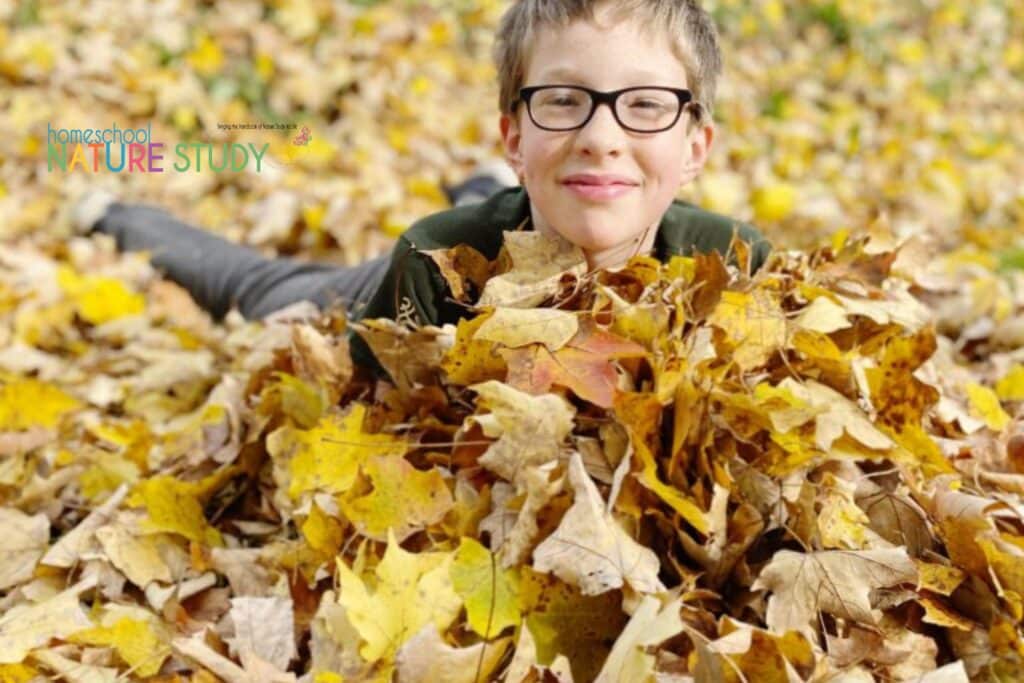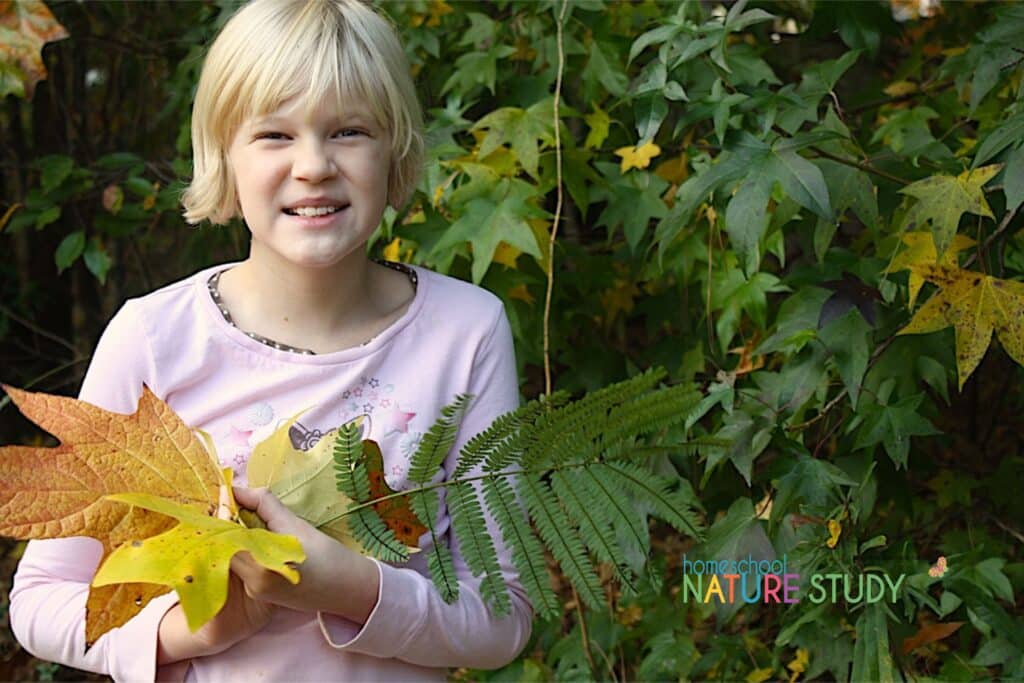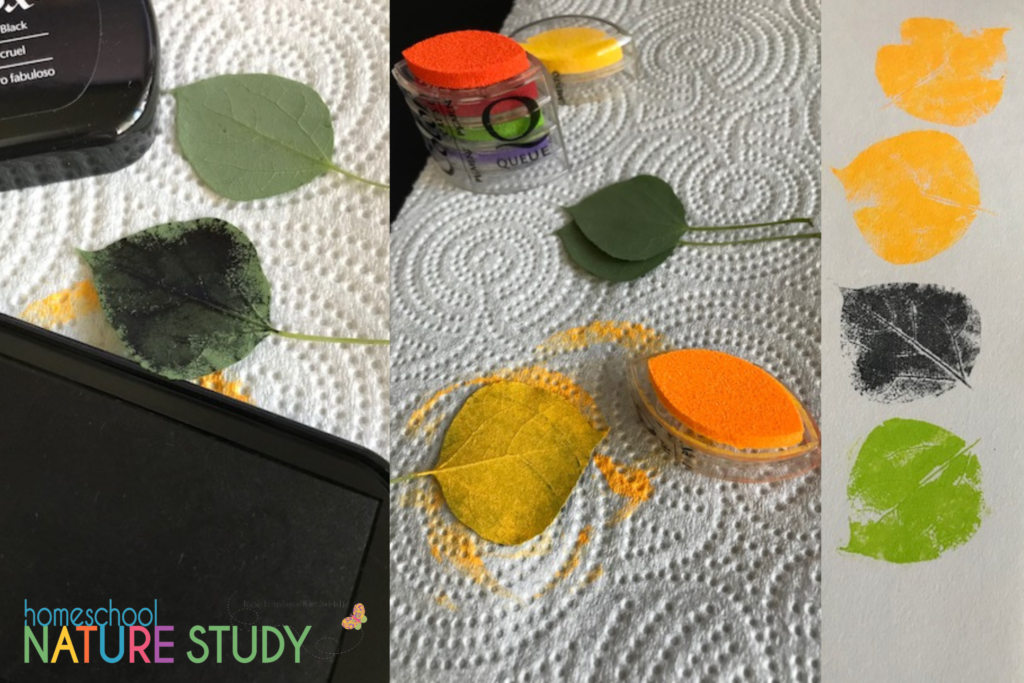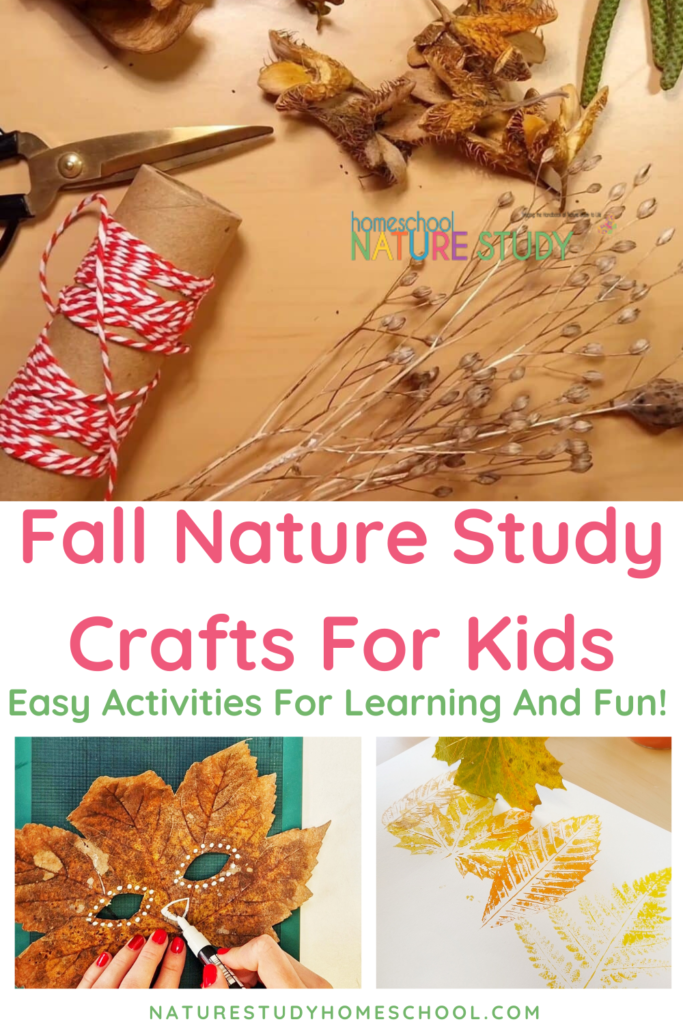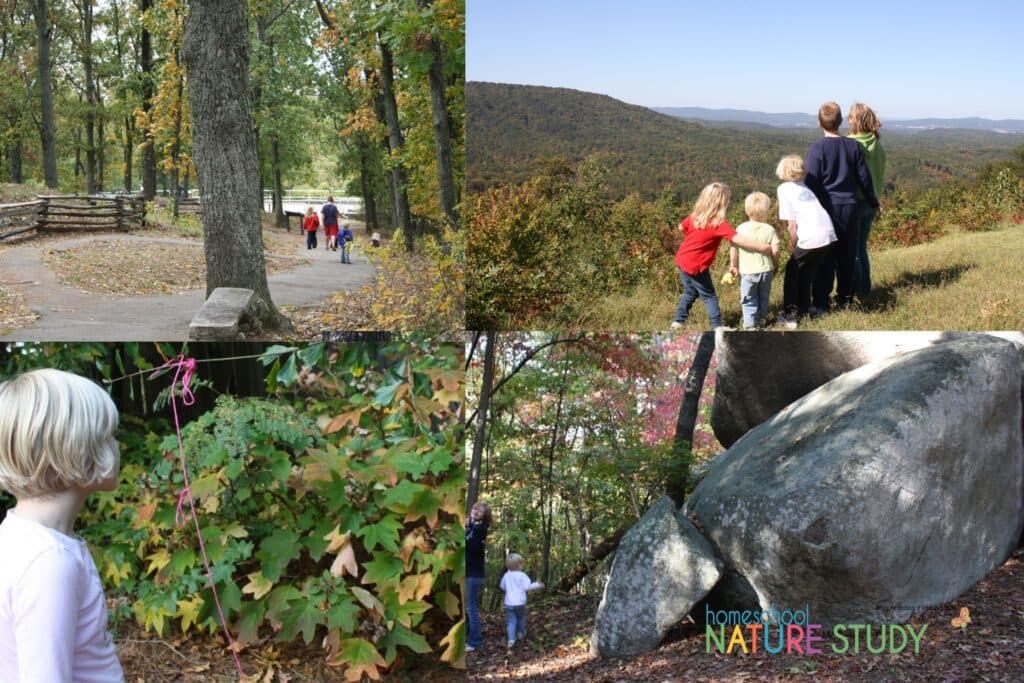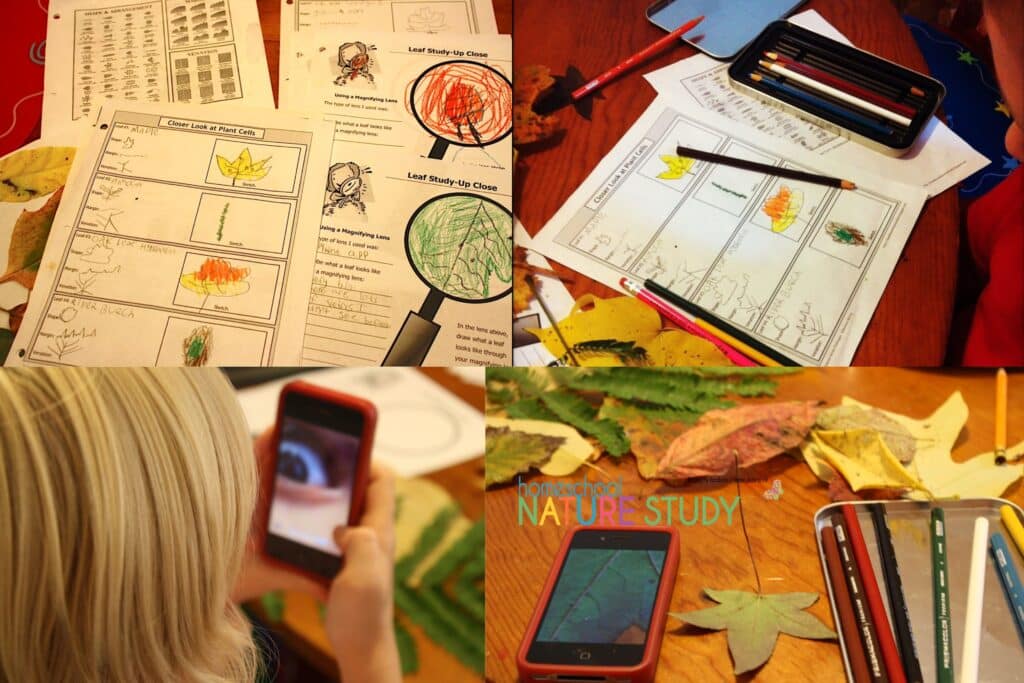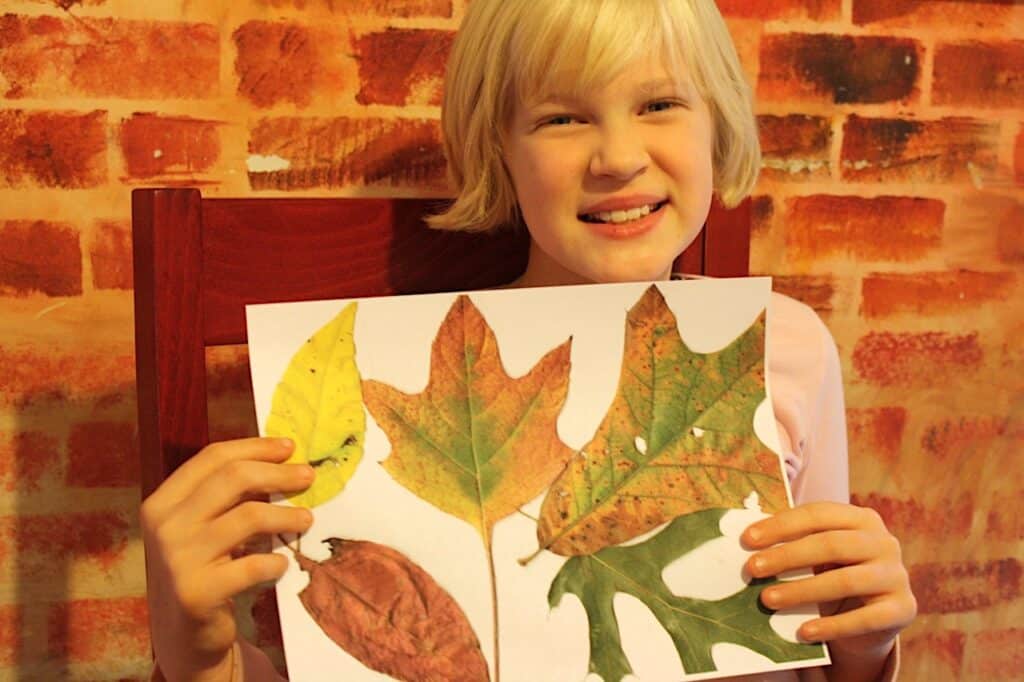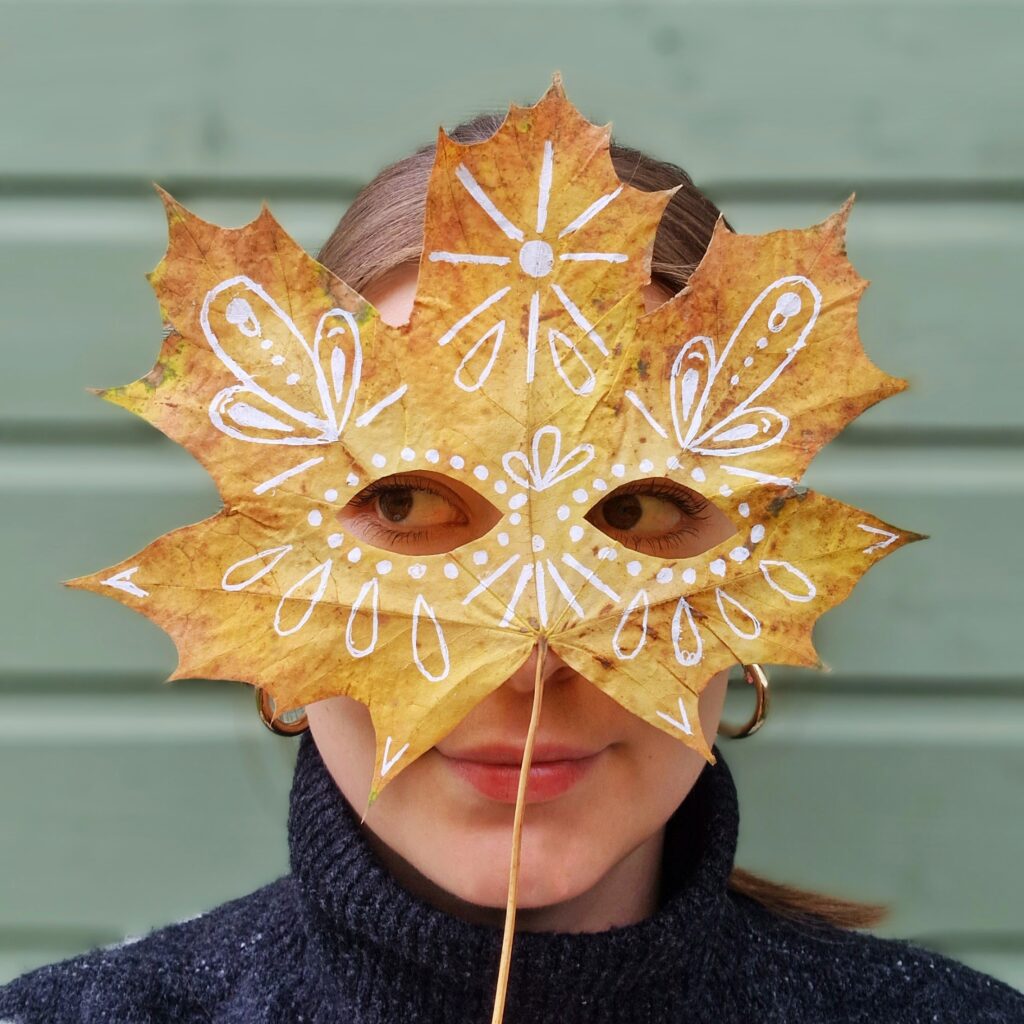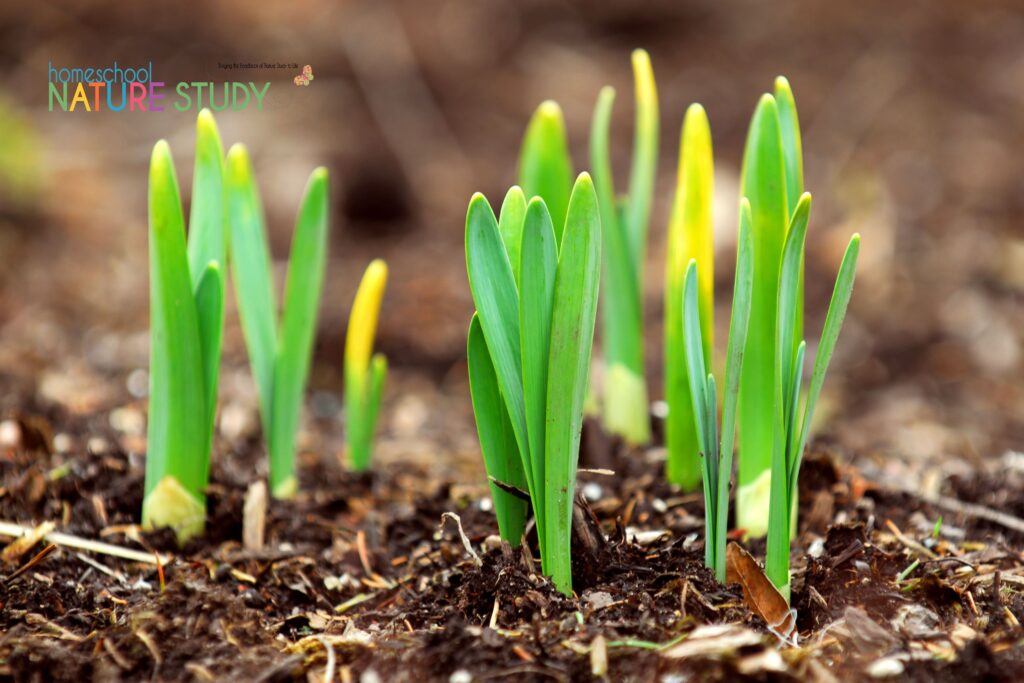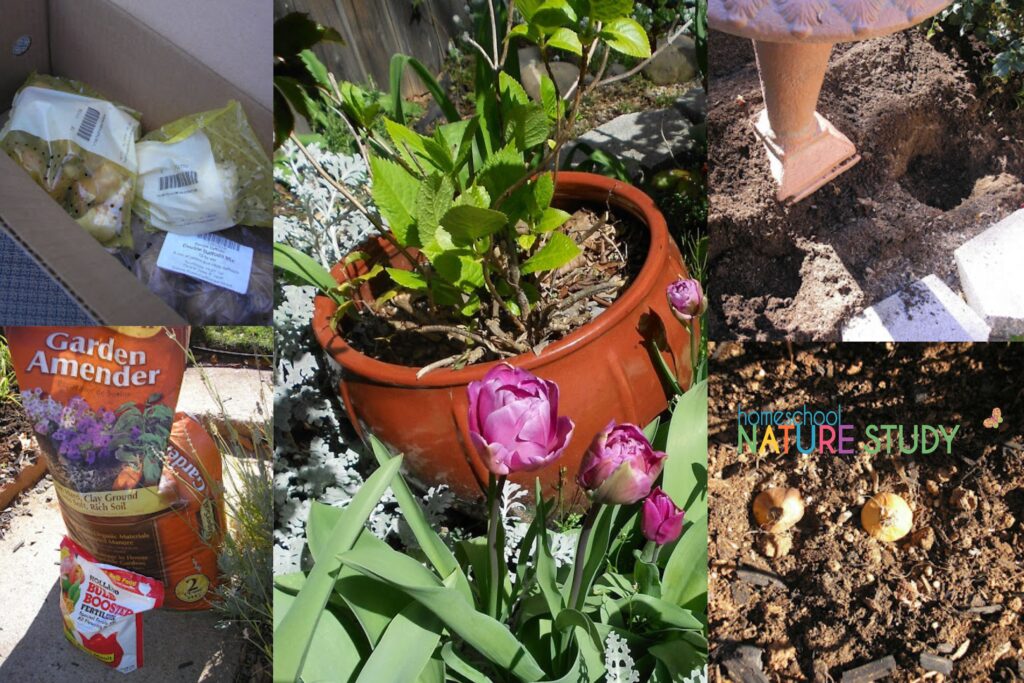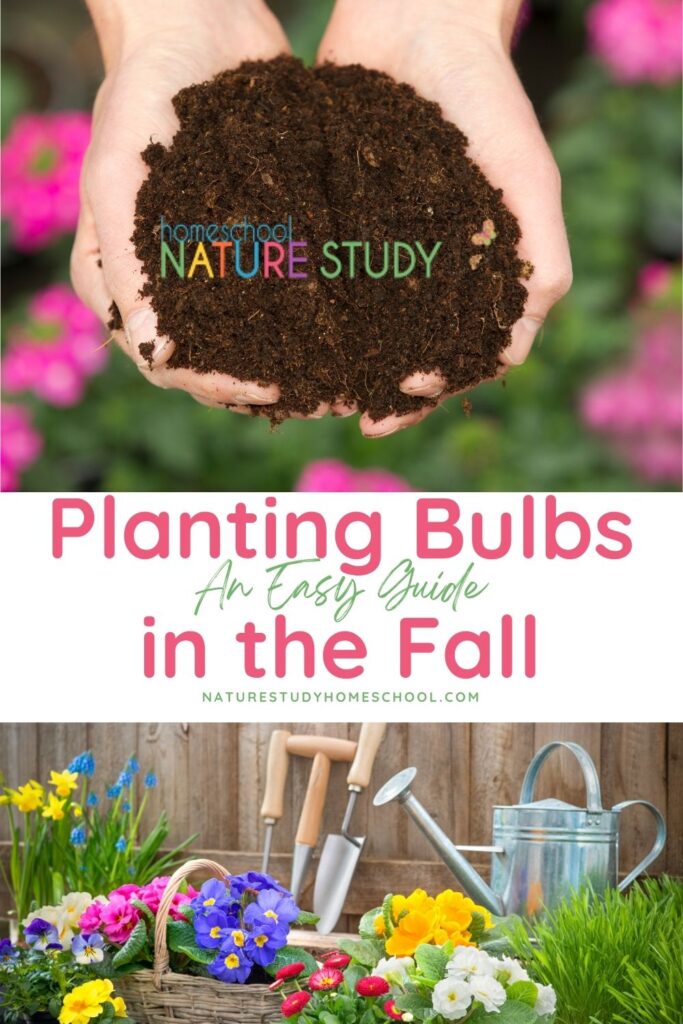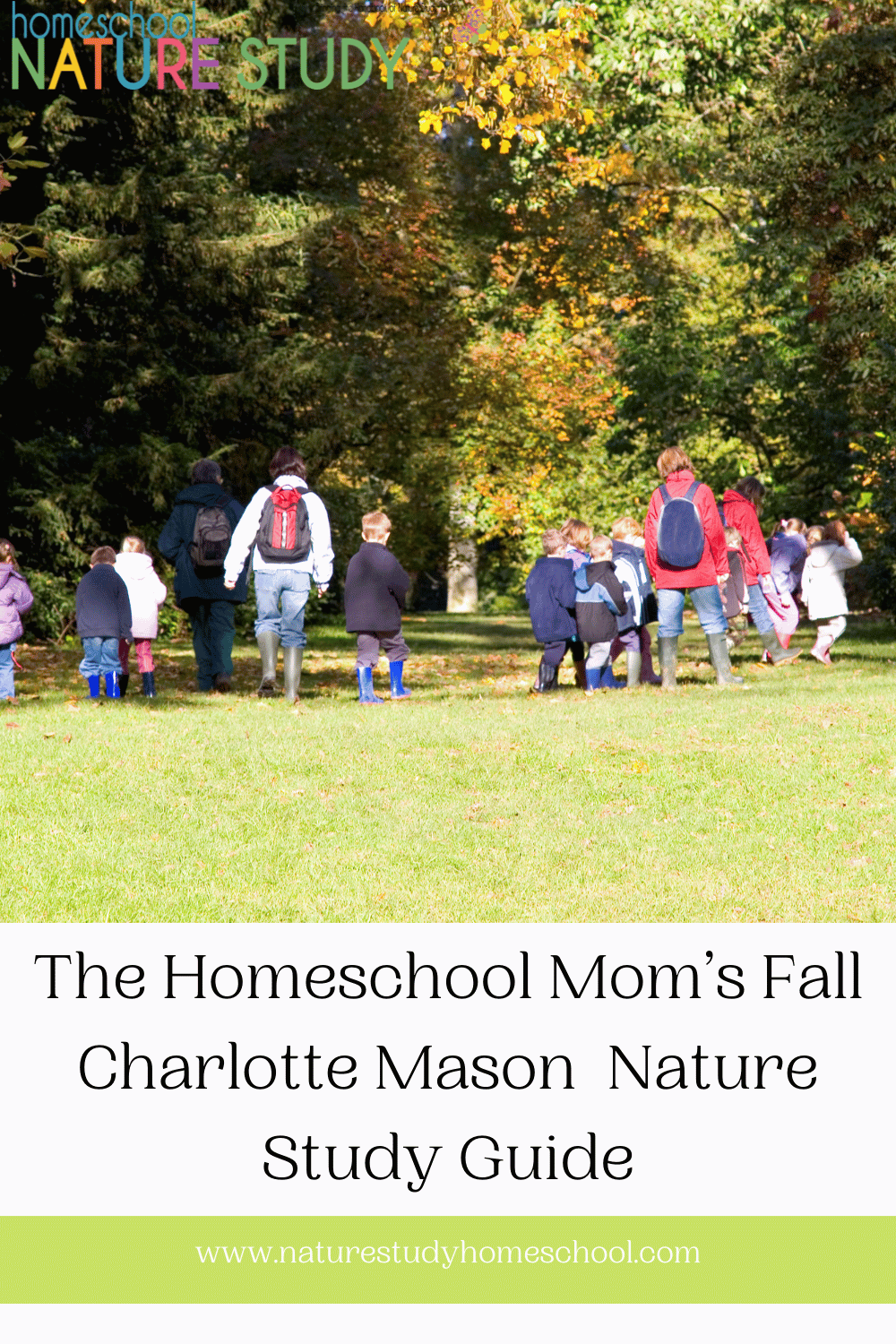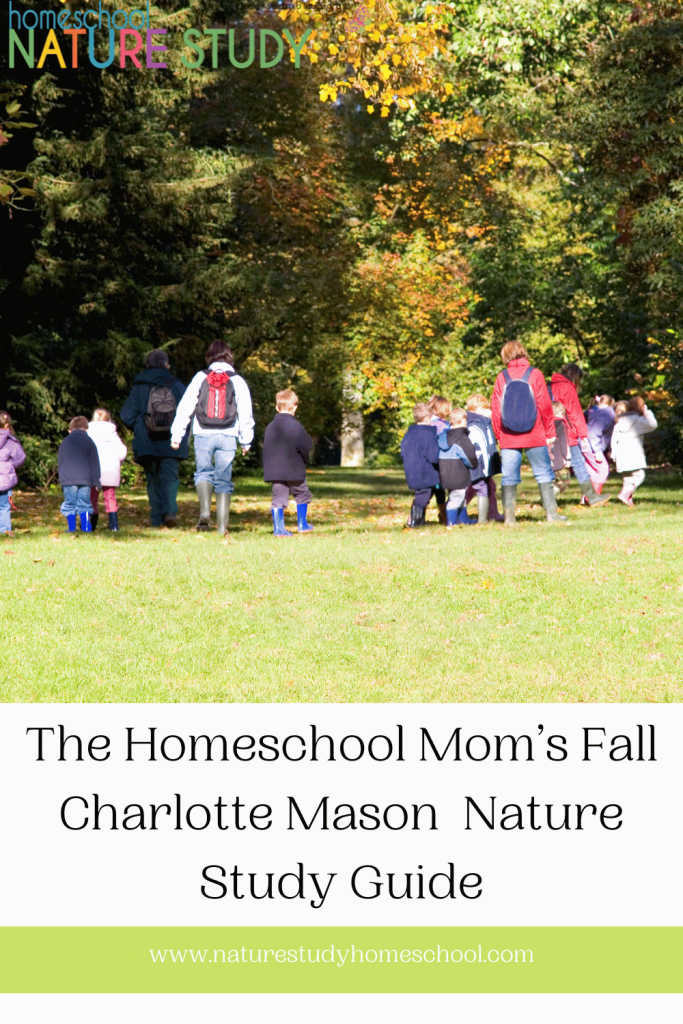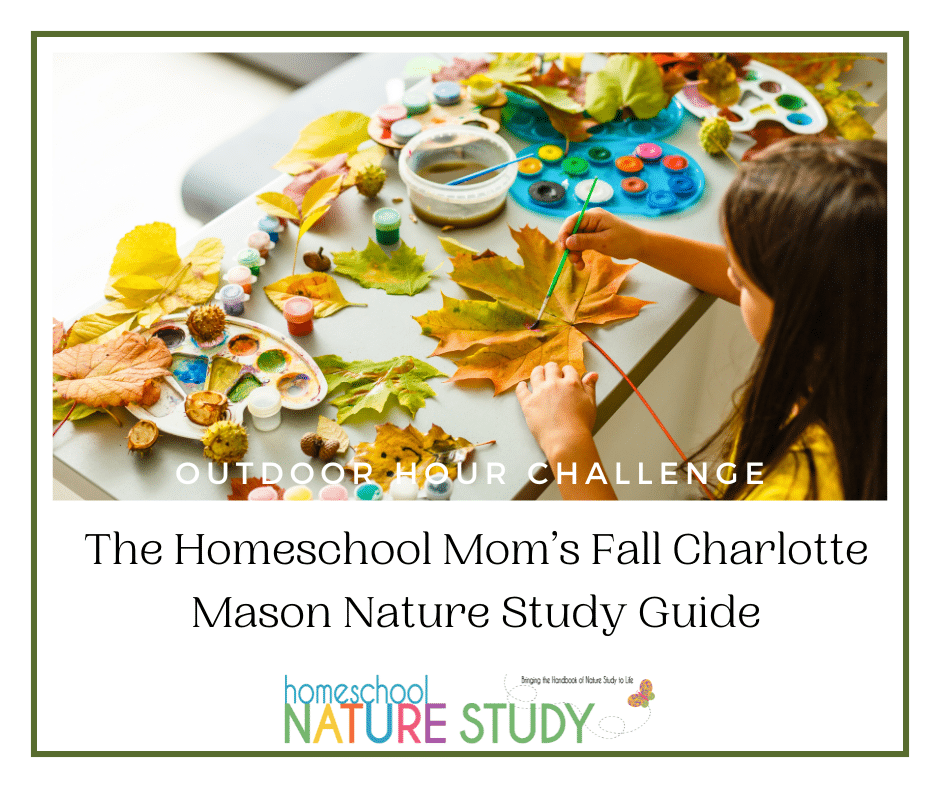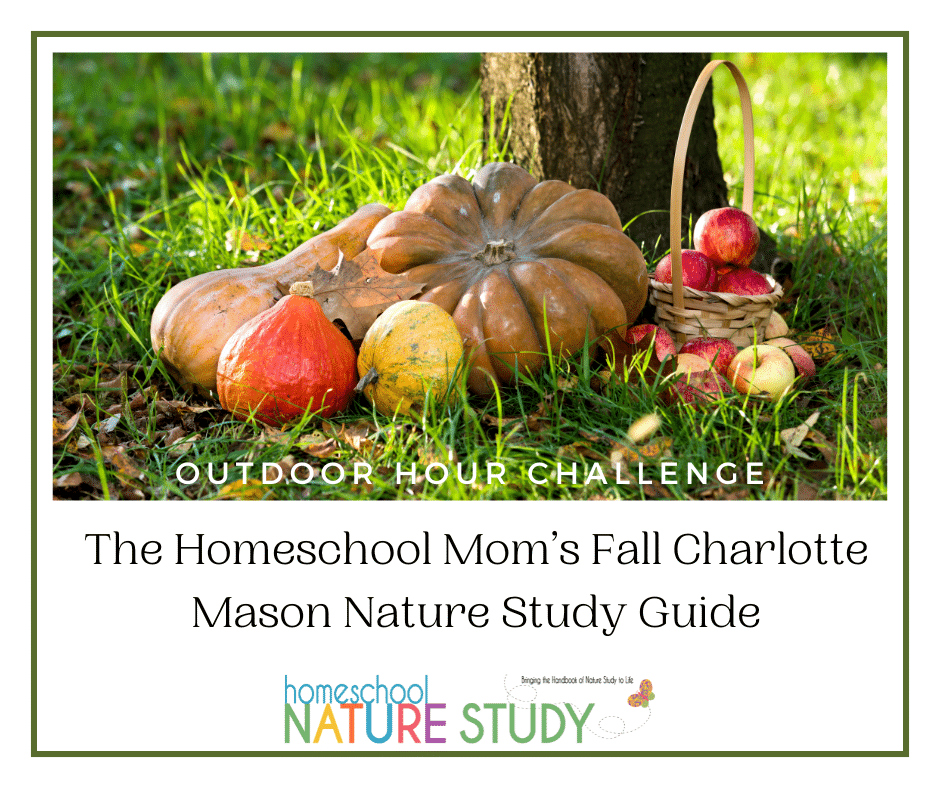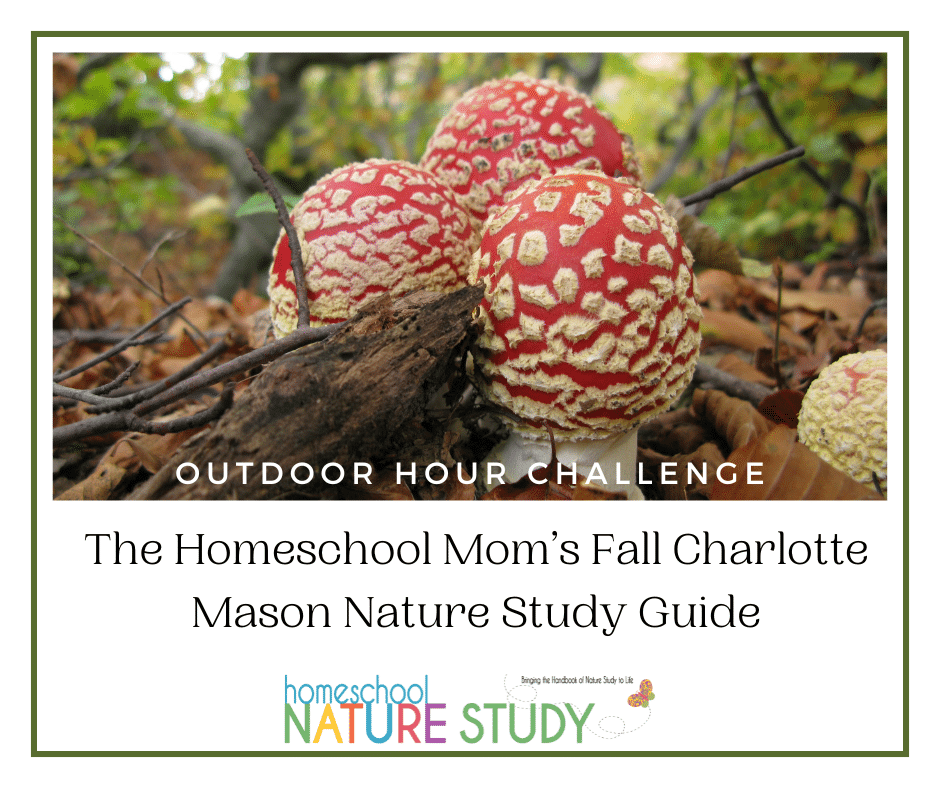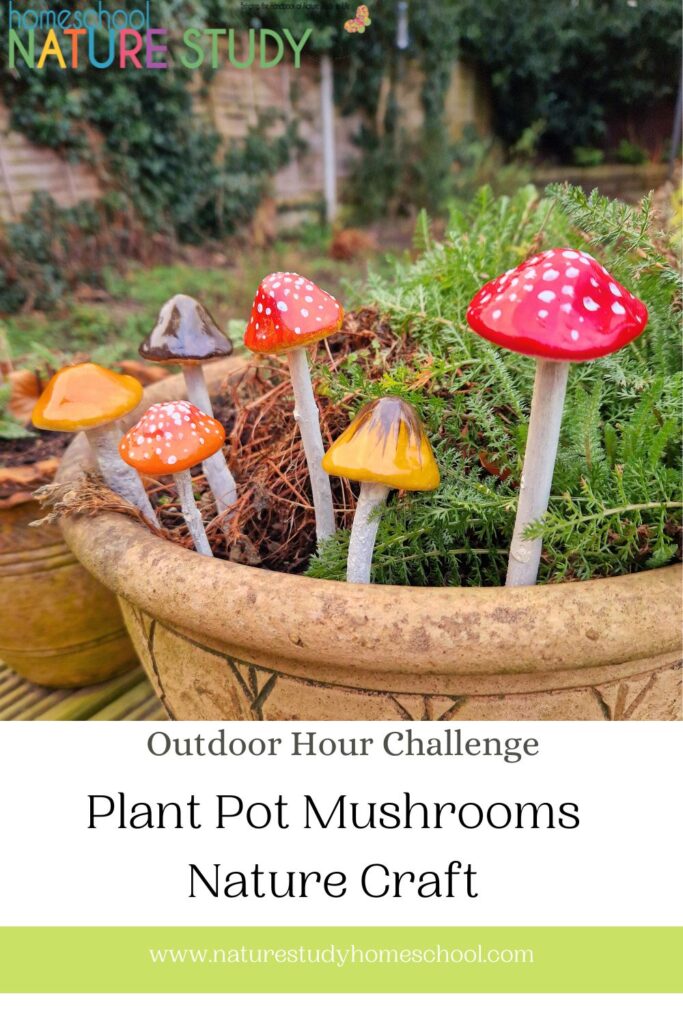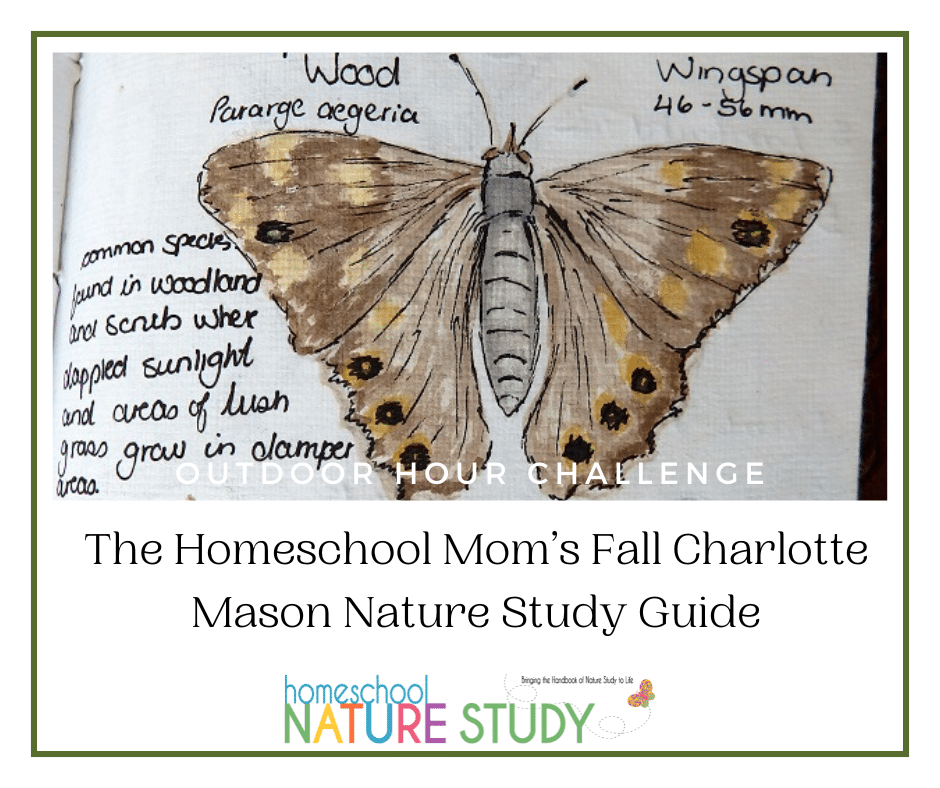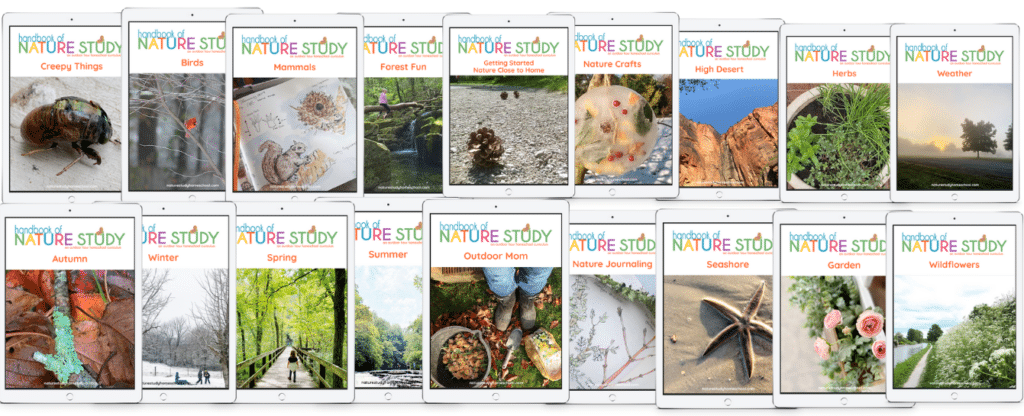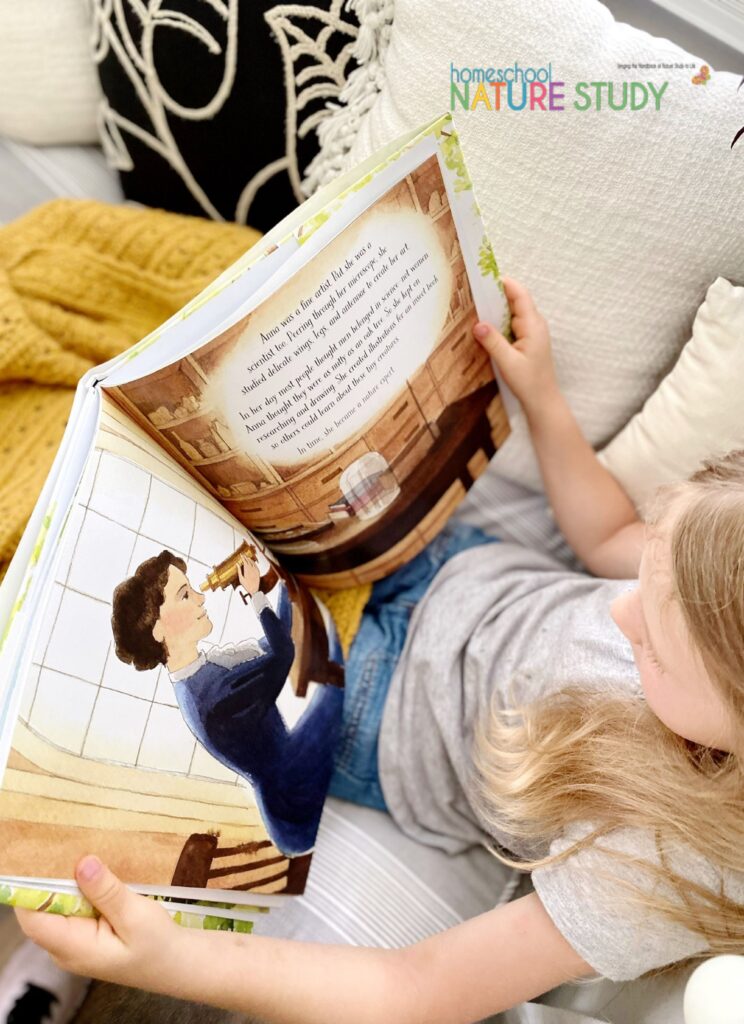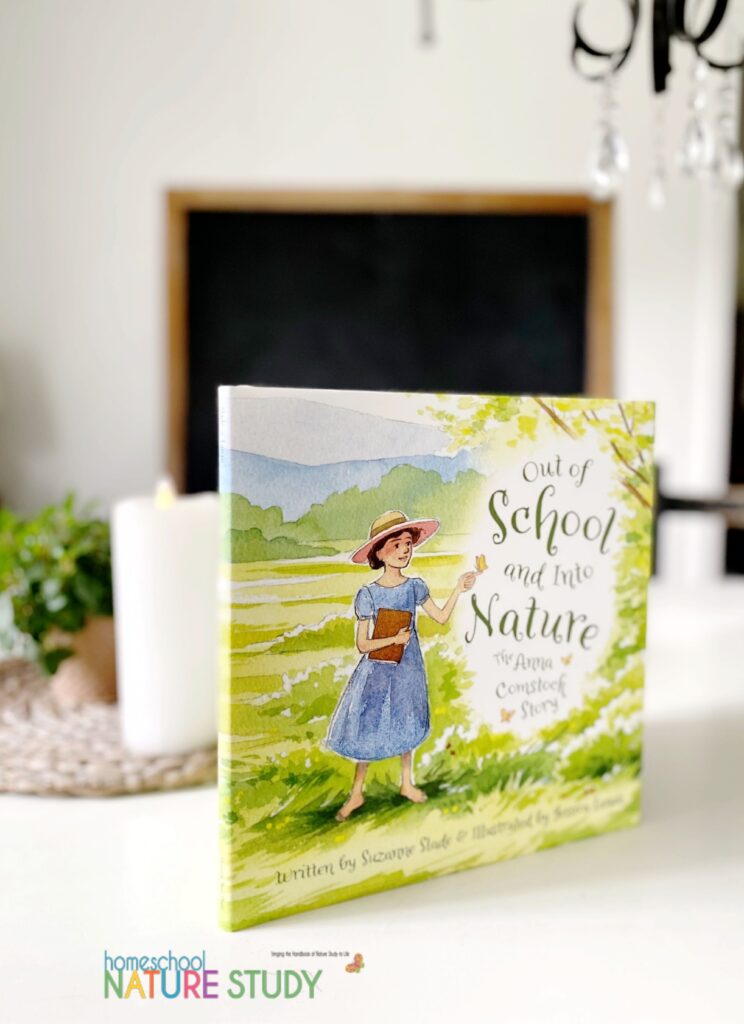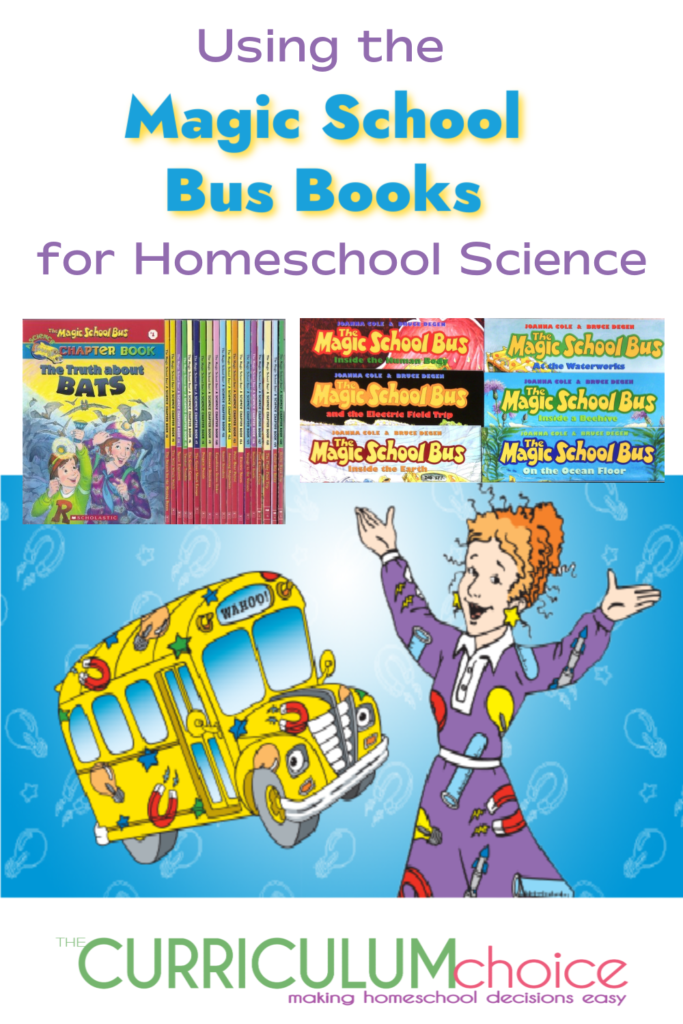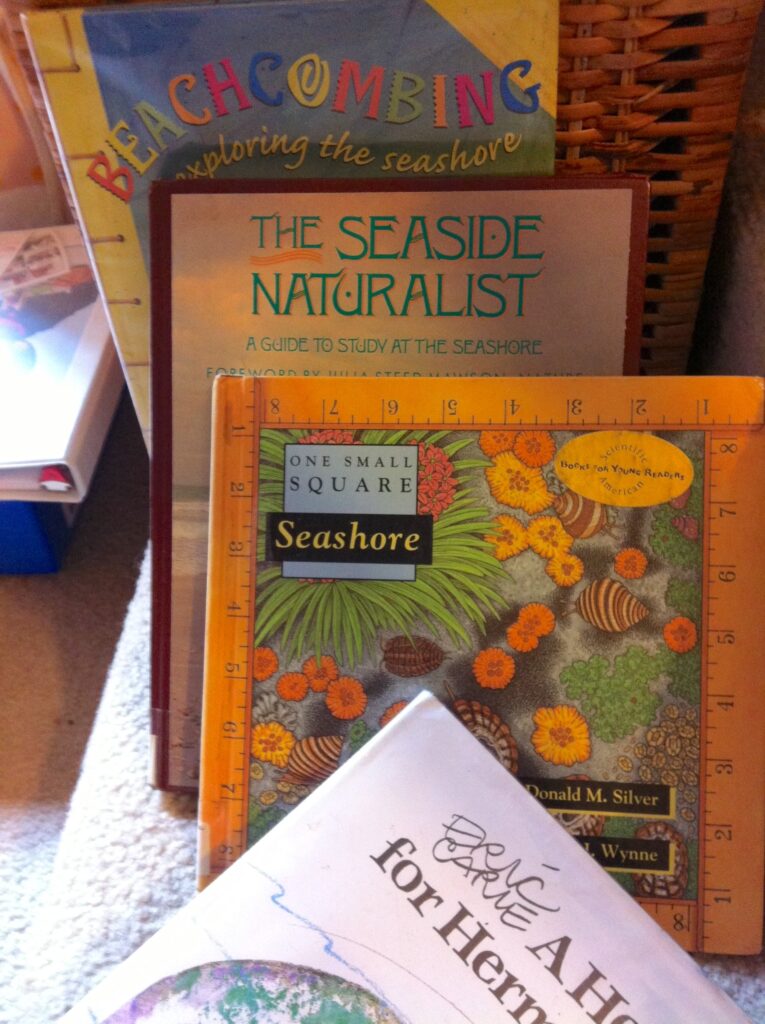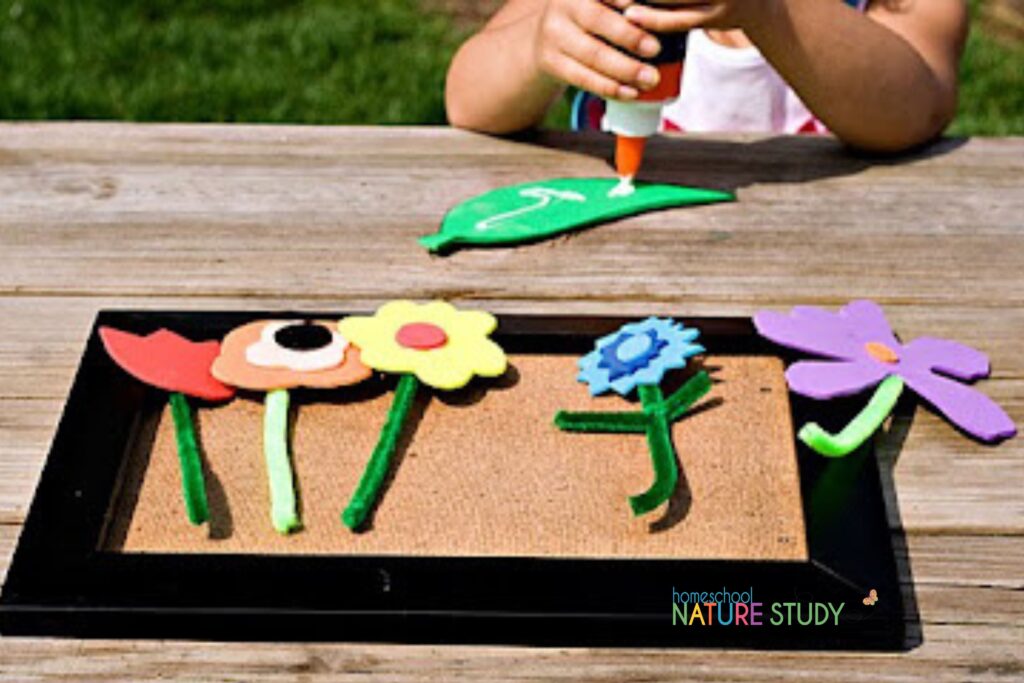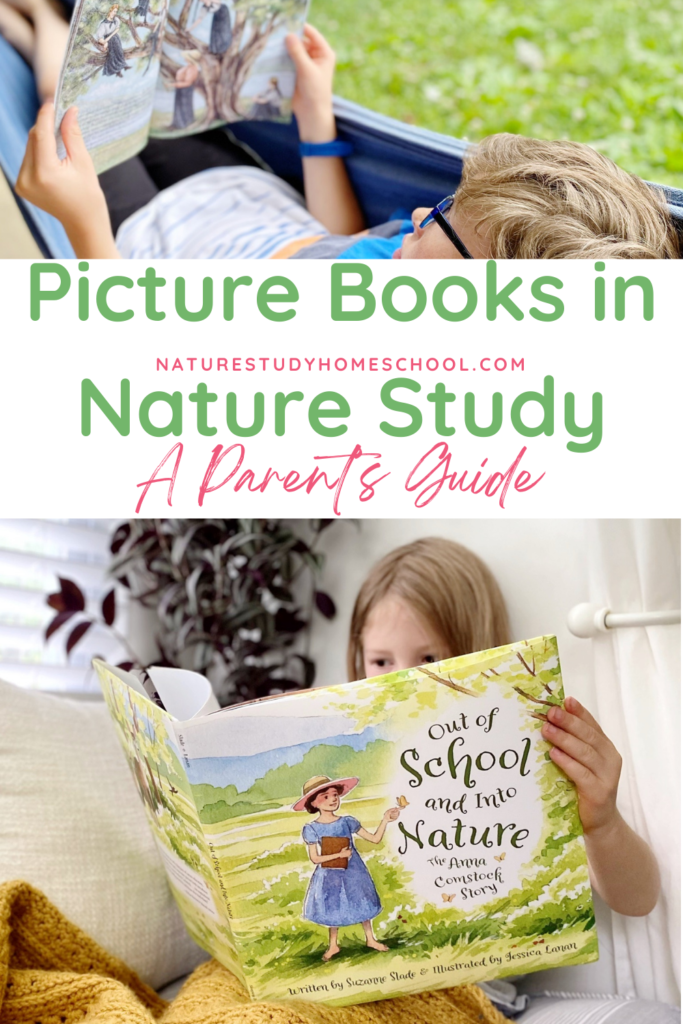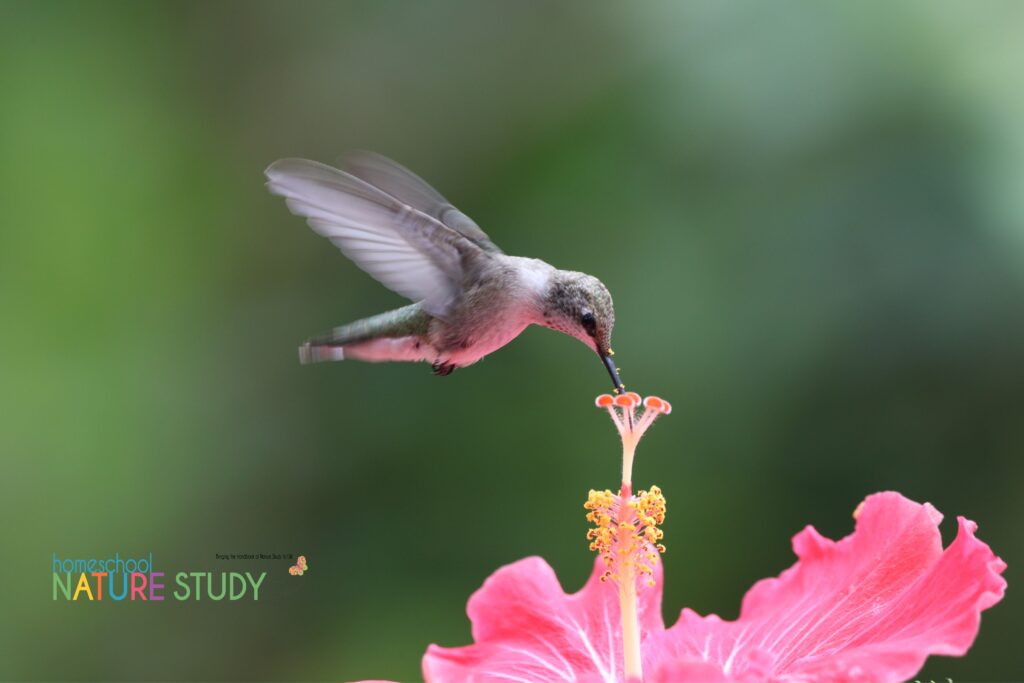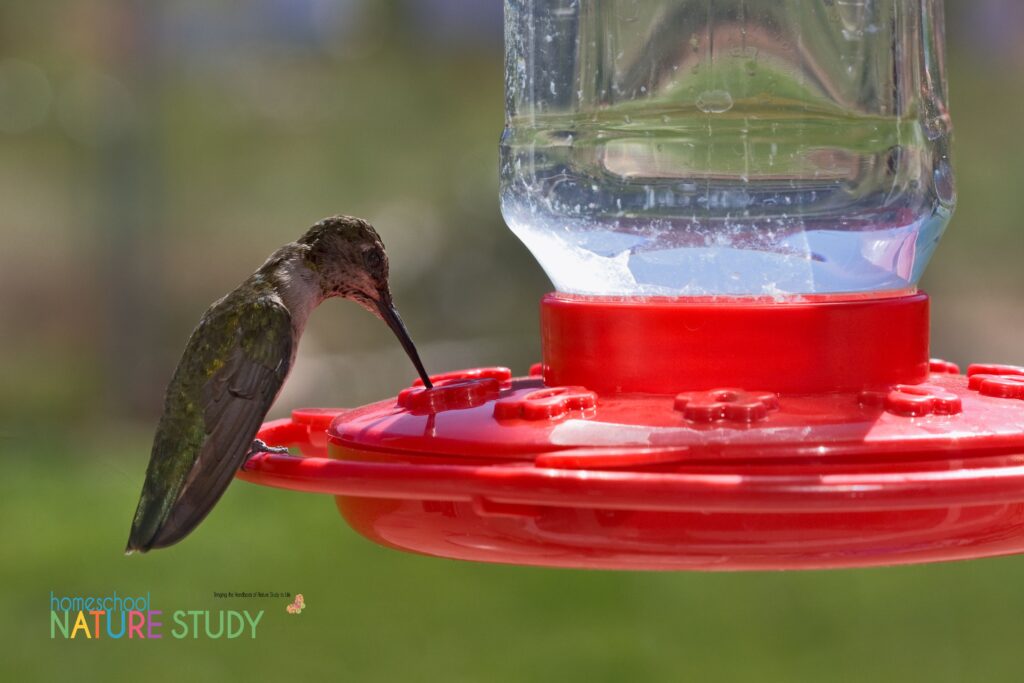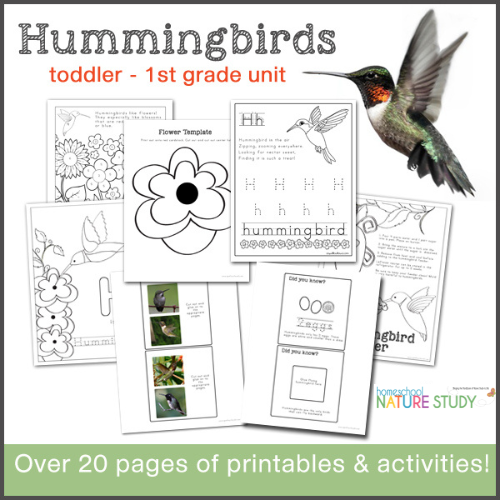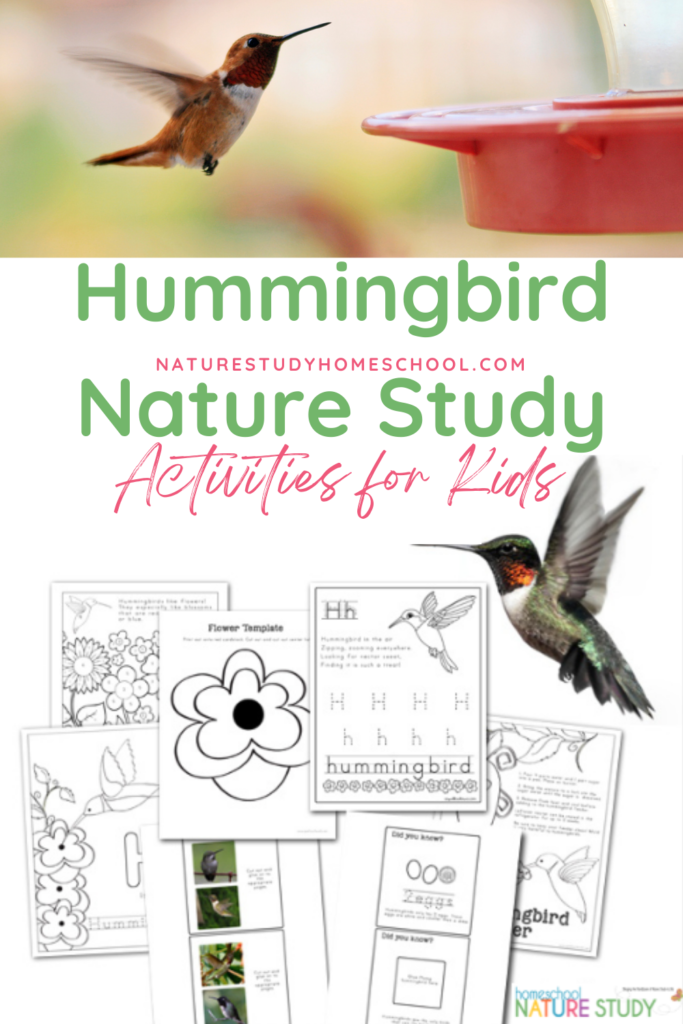When picking garden flowers, geraniums are the perfect beginner’s garden flower study and the red flowers attract hummingbirds too!
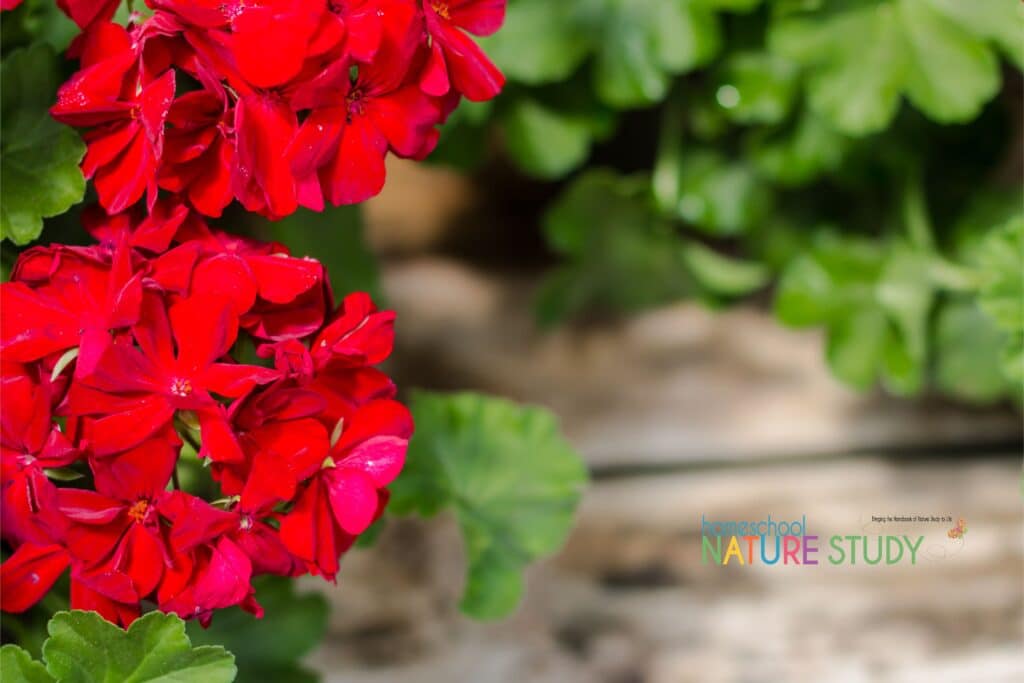
Garden Flowers: Geraniums are the Perfect Beginner’s Flower Study
Up until now, I have not appreciated the geranium. I usually don’t pick geraniums for my garden but after reading that hummingbirds were attracted to red flowers I decided to give them a try. I picked the reddest variety I could find at Home Depot, brought it home, and potted it right under my hummingbird feeder.
When we were deciding on a garden flower to study this month as part of the suggestions in the Outdoor Hour Challenge, I skimmed the list of garden flowers in the Handbook of Nature Study.
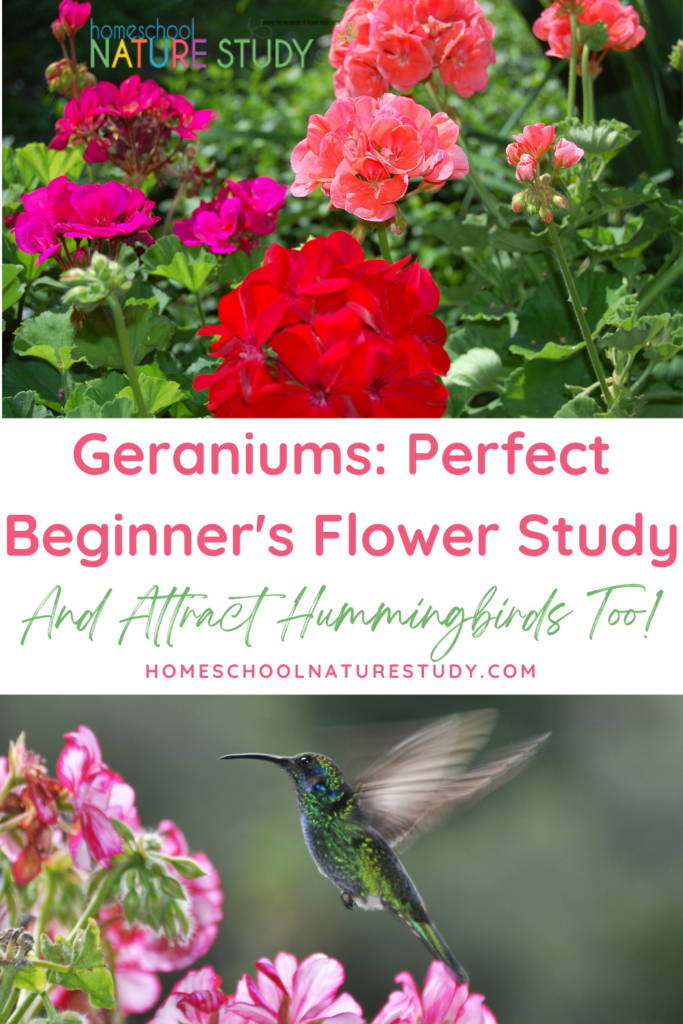
One flower we have not observed closely and added to our nature journal is the geranium. I turned over to the pages to read about this common flower and I was dazzled by all that we could learn by taking a few minutes to follow the suggested lesson activities. (Lesson 163 in the Handbook of Nature Study)
1. We observed the leaves, touching them and enjoying the fuzzy texture. Mr. B said that they were thick and stiff and I would agree with that. What a great shape the leaves are and I decided right away that was going to be the focus of my nature journal entry.
2. We looked at the petals as suggested in the lesson, noticing that all the five petals are not the same shape and size. Anna Botsford Comstock says that this flower is the perfect beginners flower since you can observe and name all the parts easily.
“The geranium’s blossom is so simple that it is of special value as a subject for a beginning lesson in teaching the parts of a flower; and its leaves and stems may likewise be used for the first lessons in plant structure.”
Handbook of Nature Study, page 585
3. We read about the nectar tube and took a closer look at it after reading how the structure works.
“No other flower shows a prettier plan for guiding insects to the hidden sweets, and in none is there a more obvious and easily seen well of nectar. It extends almost the whole length of the flower stalk…”
Handbook of Nature Study page 586
This garden flowers: geraniums lesson was only a few minutes long on a sunny morning out on our back deck but what a lot of information we now have about this common garden plant. I love learning more about my own backyard.
Each person can pick a different design for their nature journal entry. I used the coloring page and the lined page with boxes for sketching and a photo. I was thinking that the coloring page is something you could make yourself using the Fill In The Circle idea.
Geranium Nature Study Outdoor Hour Challenge in Homeschool Nature Study Membership
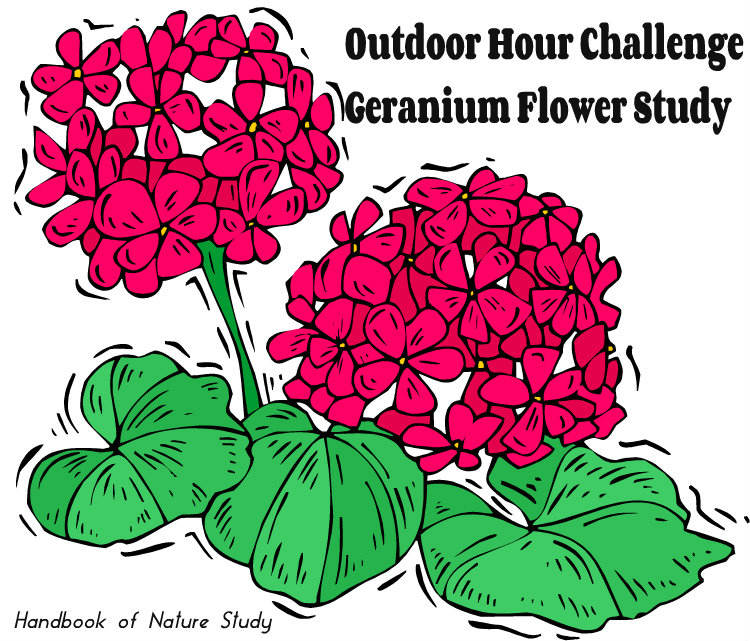
Homeschool Nature Study Members enjoy an in-depth study of geraniums, including:
- Video: Types of Geraniums
- Video: How to Grow Geraniums
- Handbook of Nature Study references and suggestions
- Outdoor Hour Time: Visiting the garden nursery and Garden Nursery Field Trip Mini Book
- Spring Walk: Observing a geranium up close or another spring flower
- Attracting hummingbirds
- Nature Journaling suggestions and follow up time
- Video: Advanced studies on propagating geraniums
More Garden Flower Nature Studies and Suggestions
Can you tell I am going for lots of color this year? Can you tell I am going for lots of color this year?
Lantana for the bees and butterflies.
Petunias (Lesson 162 in the Handbook of Nature Study)
Pansies (Lesson 152 in the Handbook of Nature Study)
Gerbera daisies
You can grow a lot of different flowers in pots even if you only have a small space. I encourage you to give it a try and then complete some of the garden flower Outdoor Hour Challenges. Keep your study simple by choosing just a few of the ideas in each lesson, building on what you already know.
I hope you are taking advantage of the warmer, drier weather to get out into your own backyard. I look forward to seeing your nature study adventures!
More Spring Nature Study Activities
Here are some more dandelion resources to enjoy!
- Discover a Dandelion Nature Study – Though you may consider the dandelion a weed, there is so much to discover in this dandelion wildflower nature study for your homeschool. This is simple and delightful learning in your own backyard!
- Dandelions Outdoor Hour – I’ve always viewed dandelions as either a childhood delight or a nuisance. They tend to spread so quickly in a yard you are trying to keep free of weeds. But their seeds are also so much fun to blow and spread. A joy to watch catch the wind!
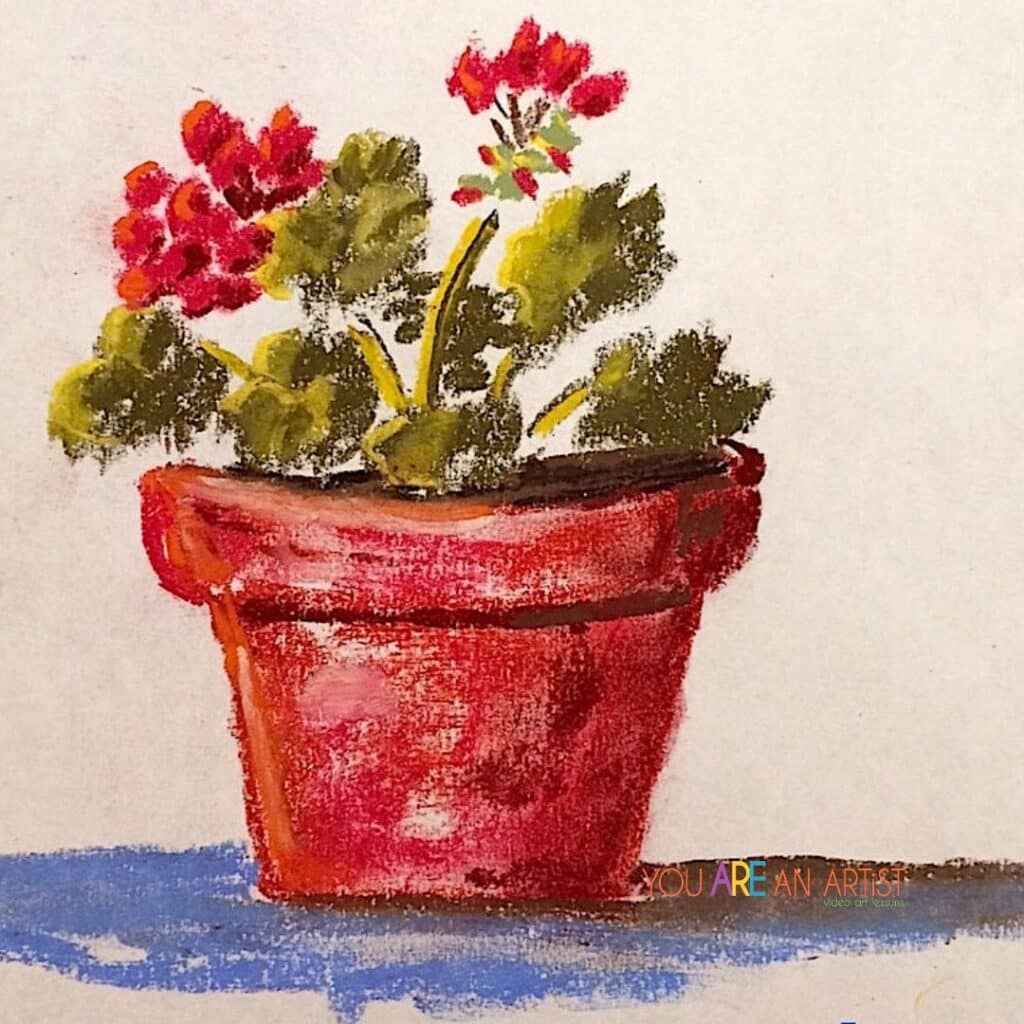
- Geranium Art Lesson – Our sister website has a beautiful geranium art lesson by Nana to enjoy! Ultimate members have access to it!
- How to Draw a Dandelion Art Lesson – One of the icons of warm weather is the dandelion. Have you ever studied the detail of this beautiful creation? Oh there are so many ways you could paint it! This dandelion chalk pastel art tutorial is inspired by a photo I took last spring.
- Take Along Nature Guides for Homeschool – I’m always looking for appealing books to help us out in our nature study to help spark my kids’ interest in all things outdoors. When I found my first “Take-Along Guide” at a used book store, I was interested so I purchased it. But it was later when I began really reading it that I became really interested.
Get your FREE Getting Started: Nature Study Close to Home (includes three challenges!)
Homeschool Nature Study Membership for Year Round Support
Can you believe all of these spring homeschool resources you will find in membership? You will also find a continuing homeschool nature study series plus all the Outdoor Hour Challenges for nature study in our Homeschool Nature Study membership. There are 25+ continuing courses with matching Outdoor Hour curriculum that will bring the Handbook of Nature Study to life in your homeschool! In addition, there is an interactive monthly calendar with daily nature study prompt – all at your fingertips!
Be inspired. Be encouraged. Get outdoors!

Outdoor Hour Challenge by founder, Barbara McCoy, May 2011. Updated by Tricia April 2025. Tricia and her family fell in love with the Handbook of Nature Study and the accompanying Outdoor Hour Challenges early in their homeschooling. The simplicity and ease of the weekly outdoor hour challenges brought joy to their homeschool and opened their eyes to the world right out their own back door! She shares the art and heart of homeschooling at You ARE an ARTiST and Your Best Homeschool plus her favorite curricula at The Curriculum Choice. She and her husband, Steve, are also publishers of Unit Studies by Amanda Bennett.









